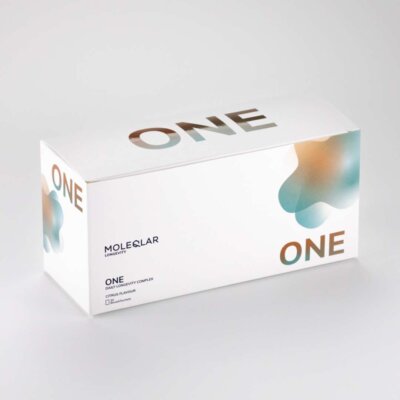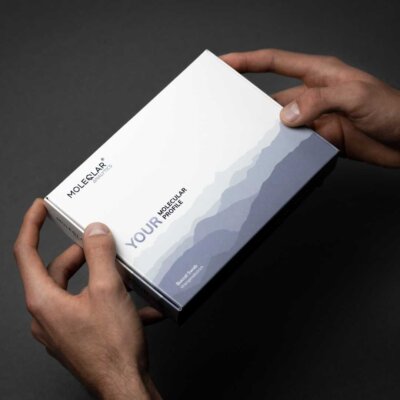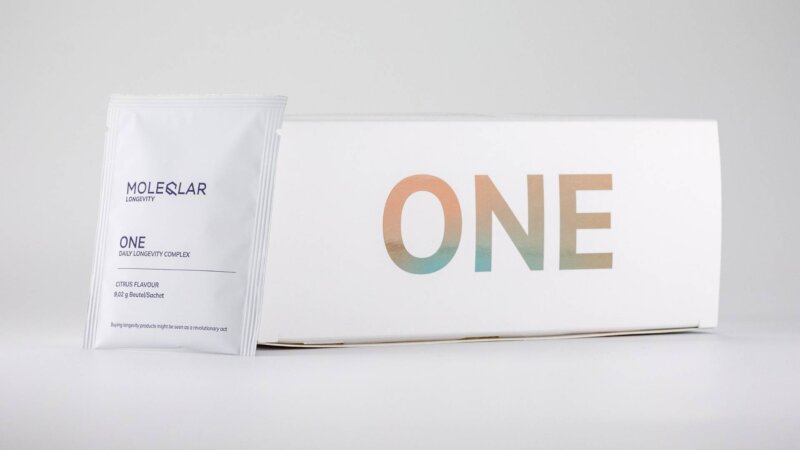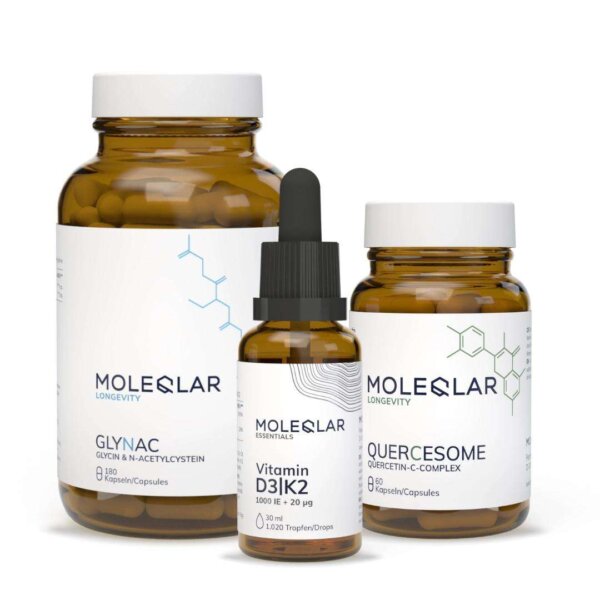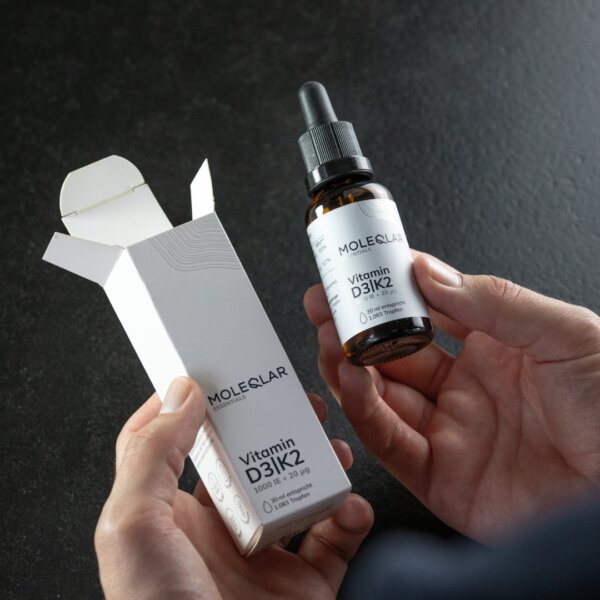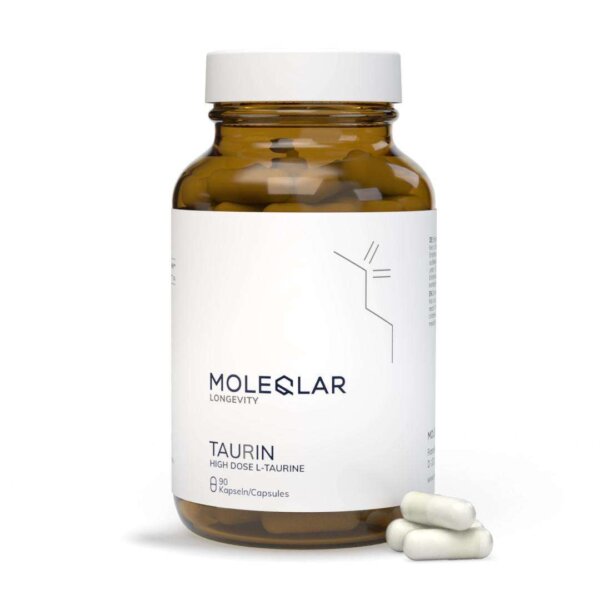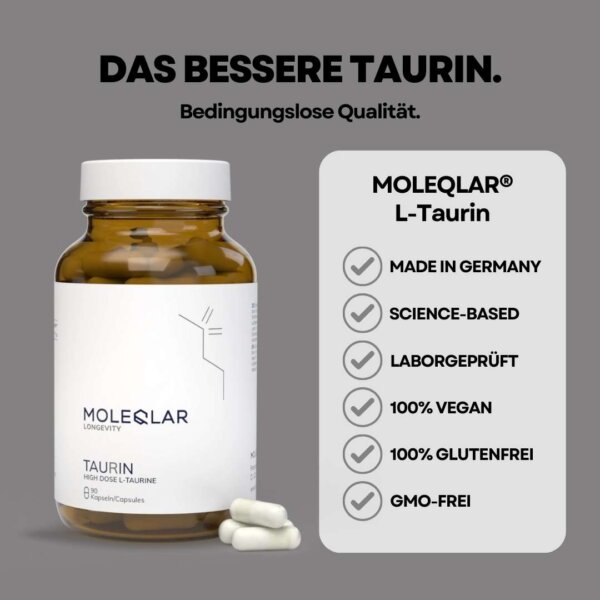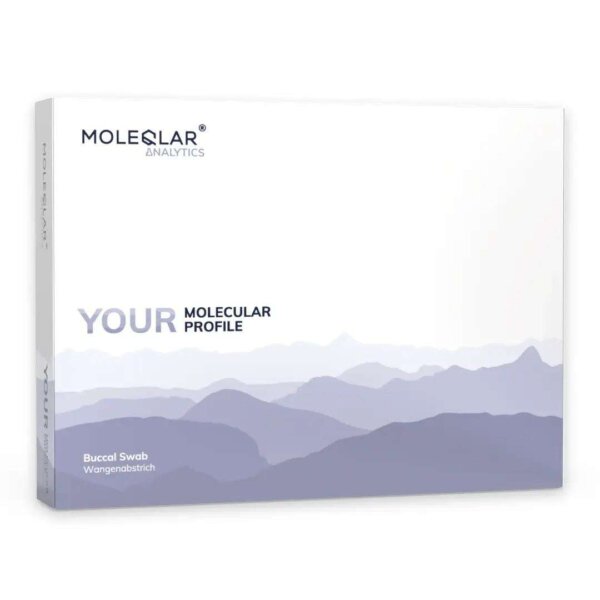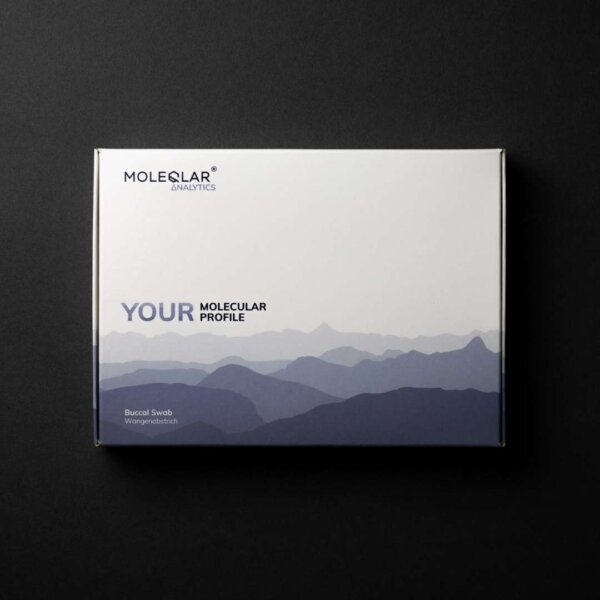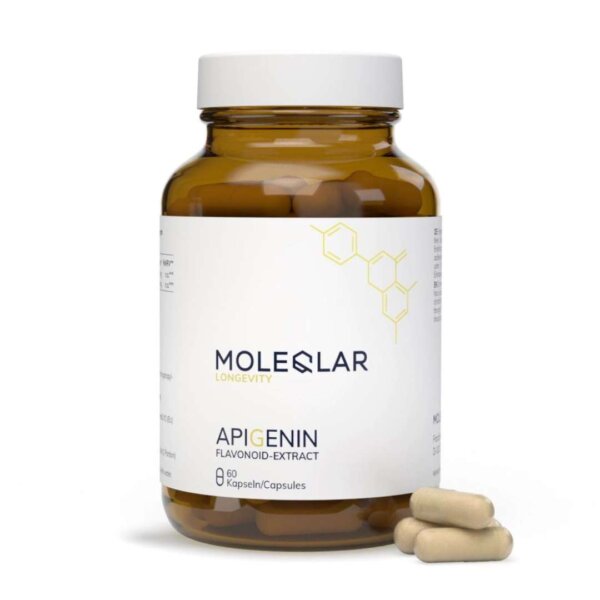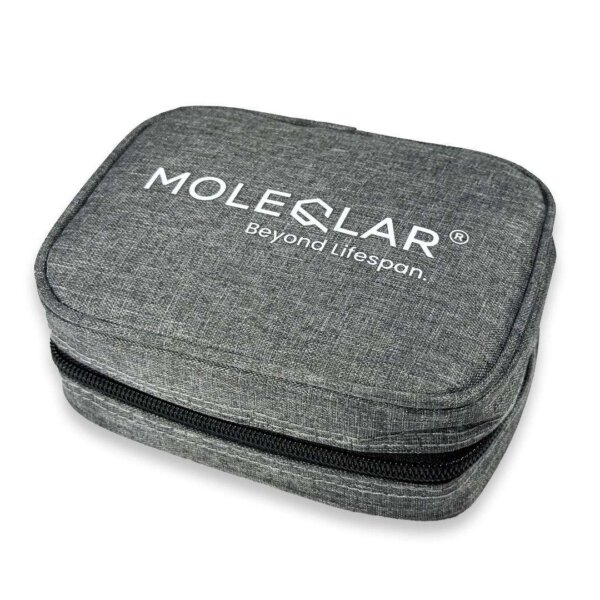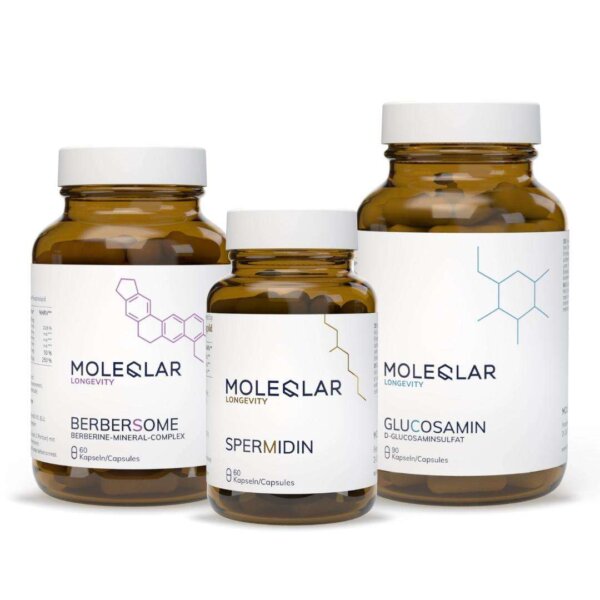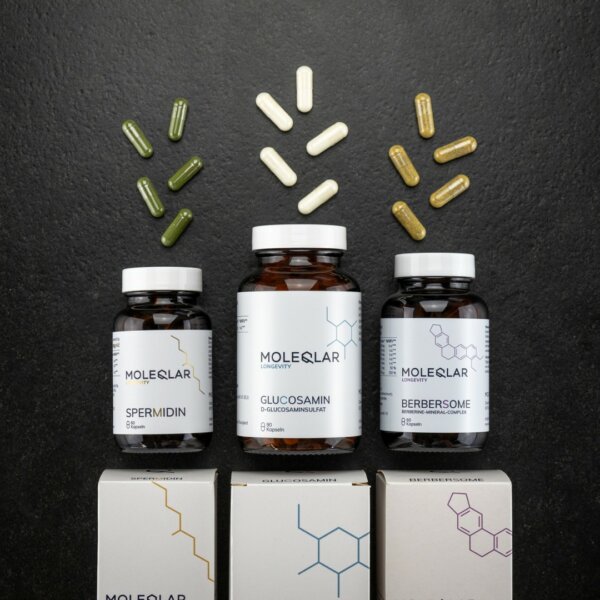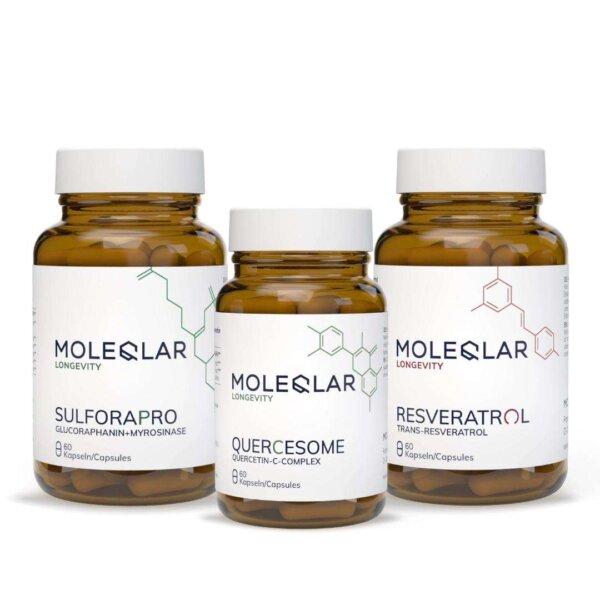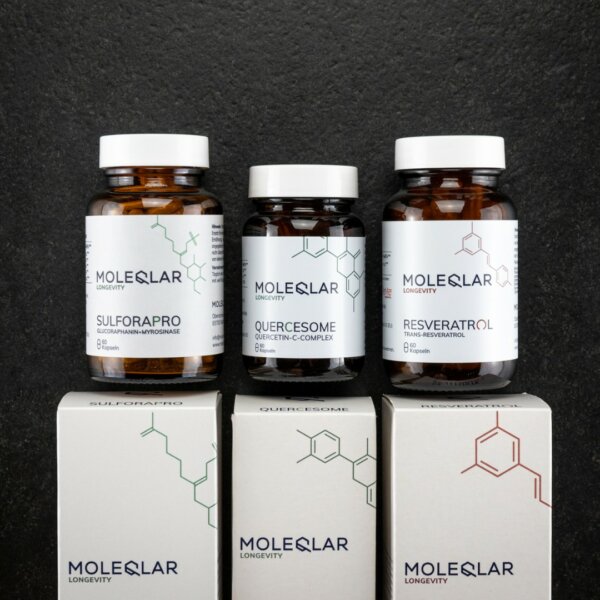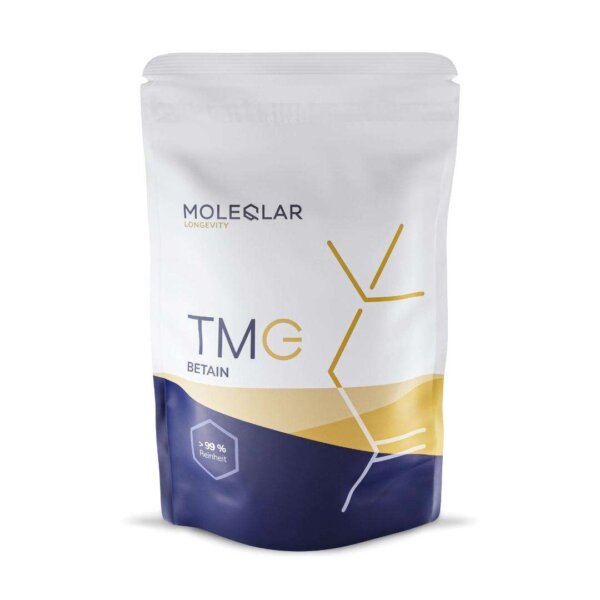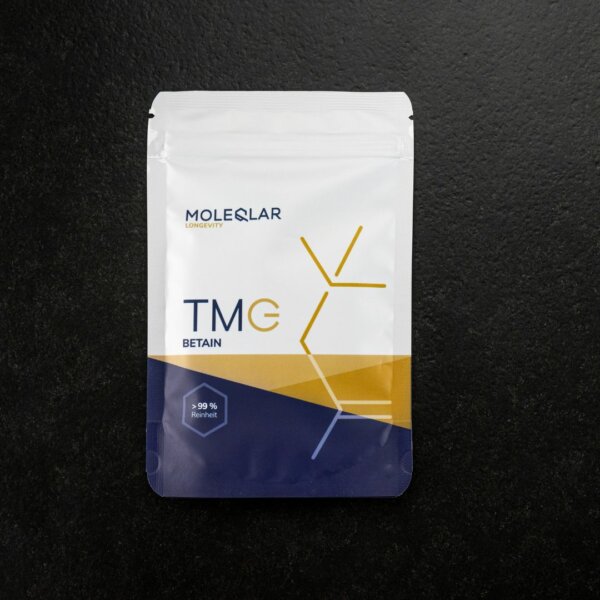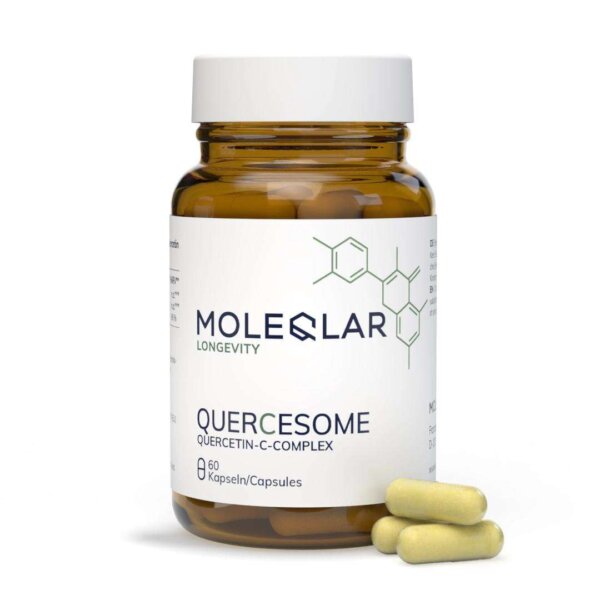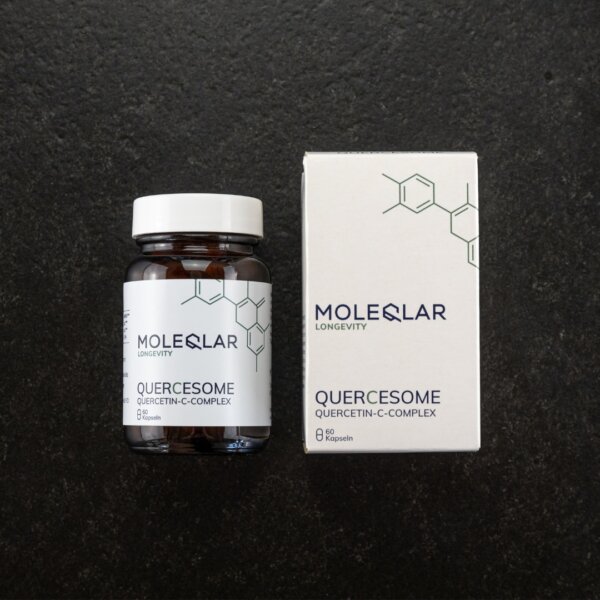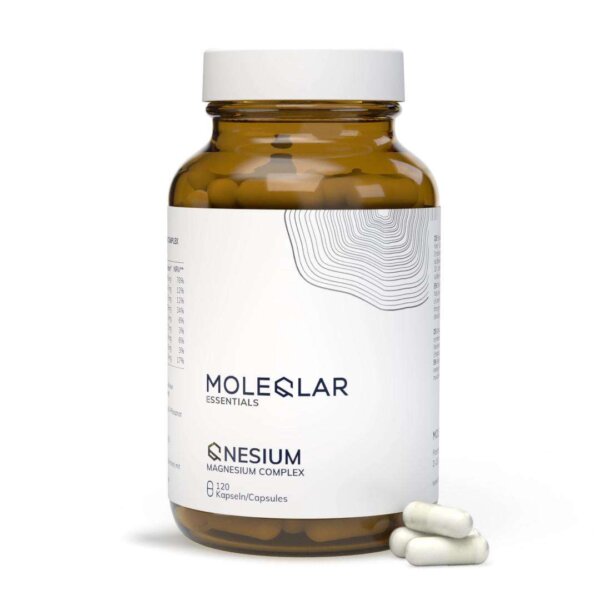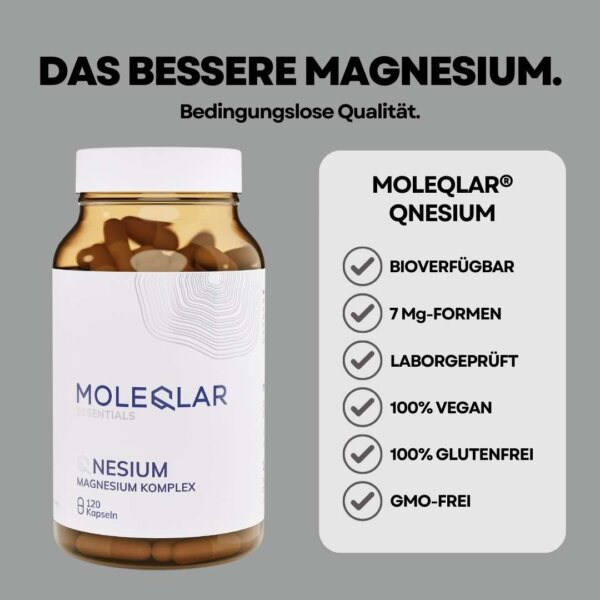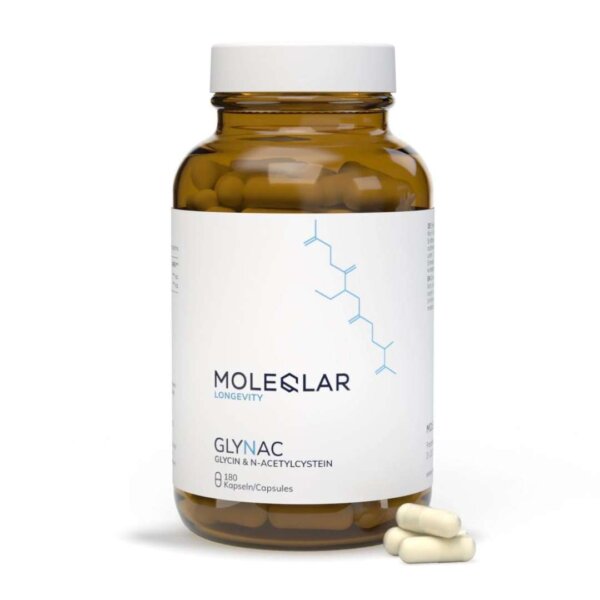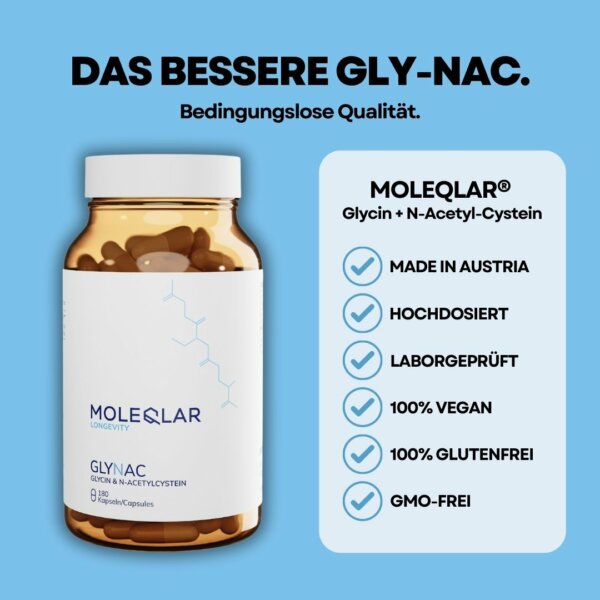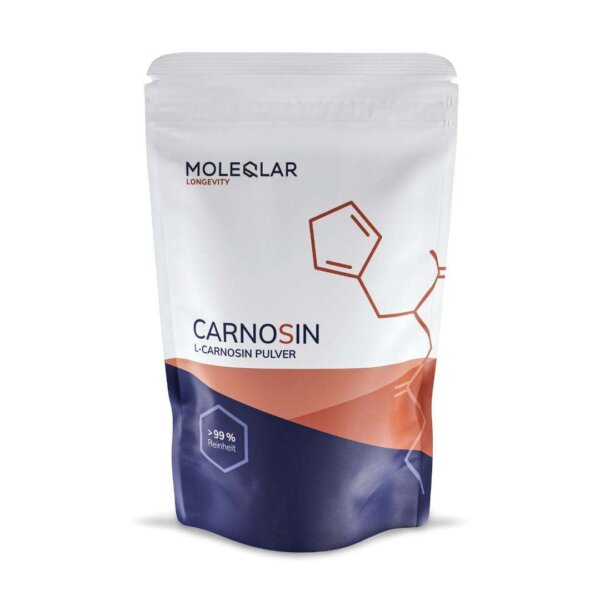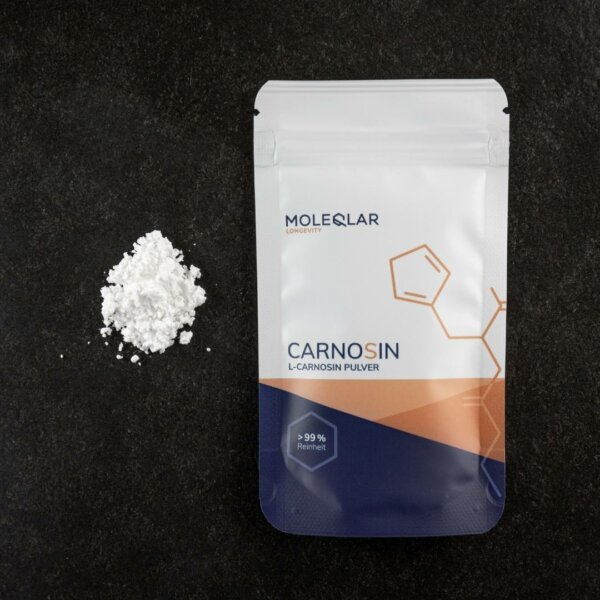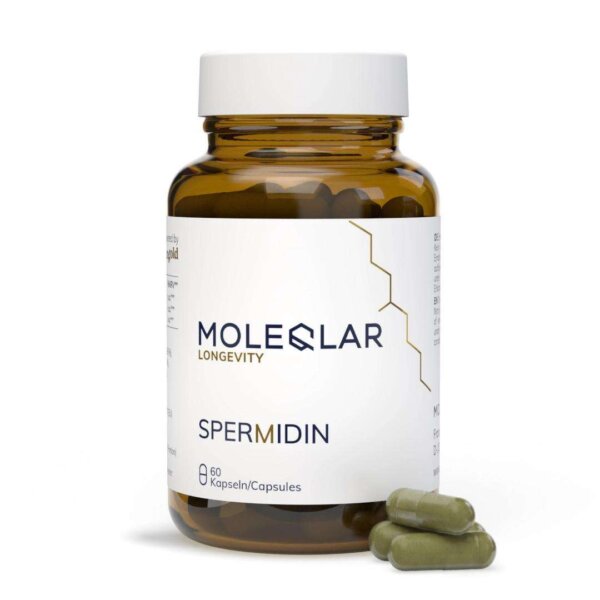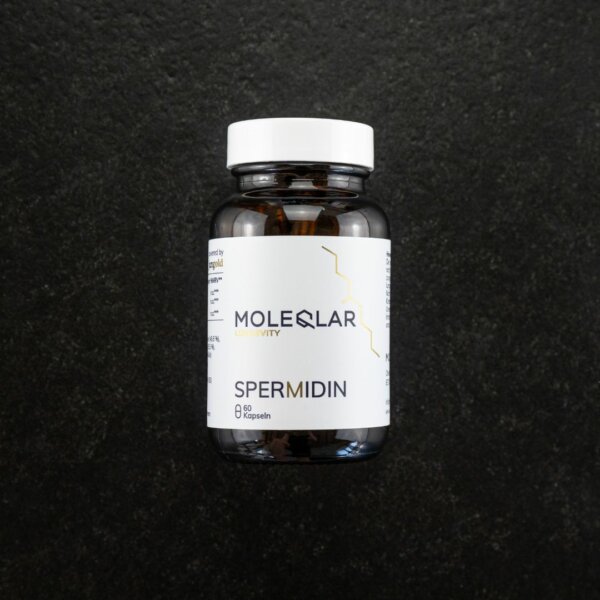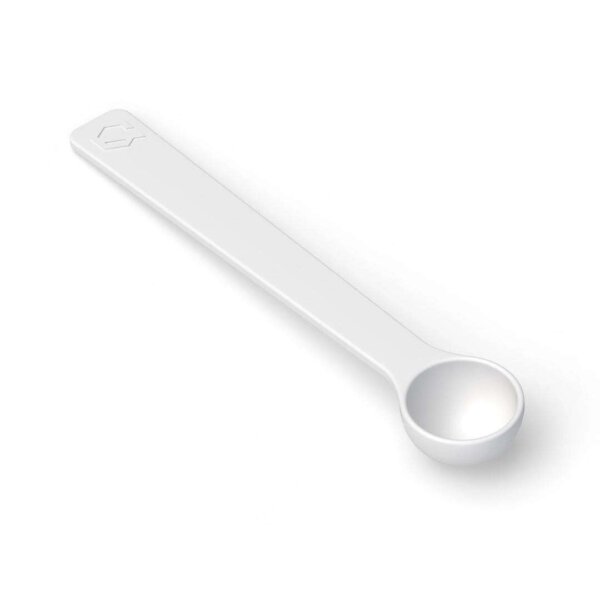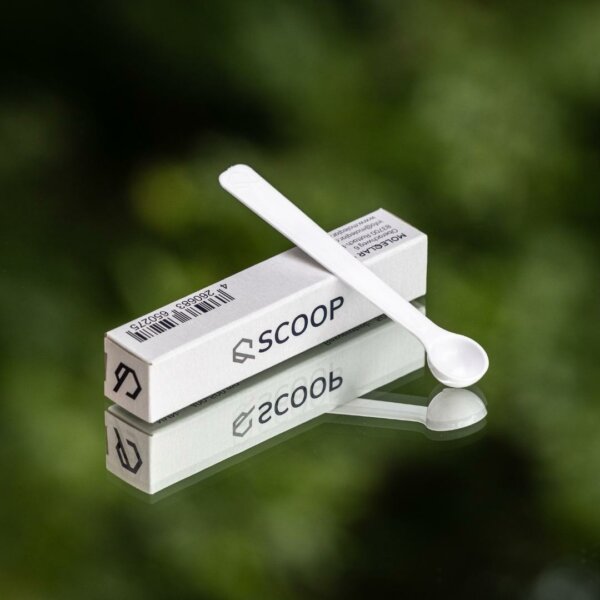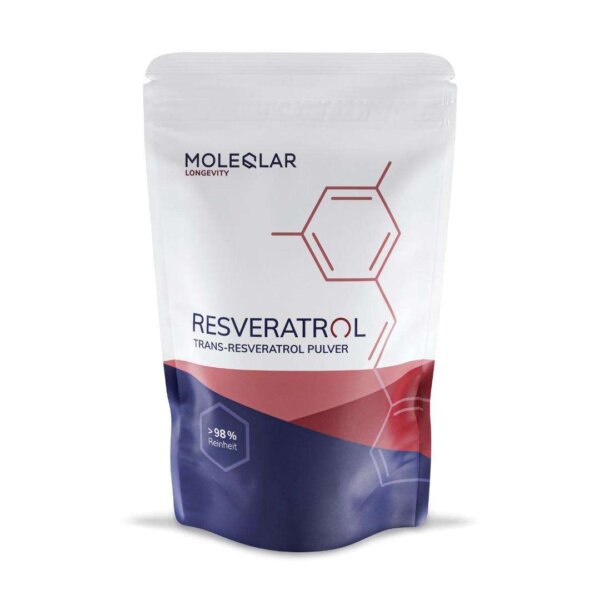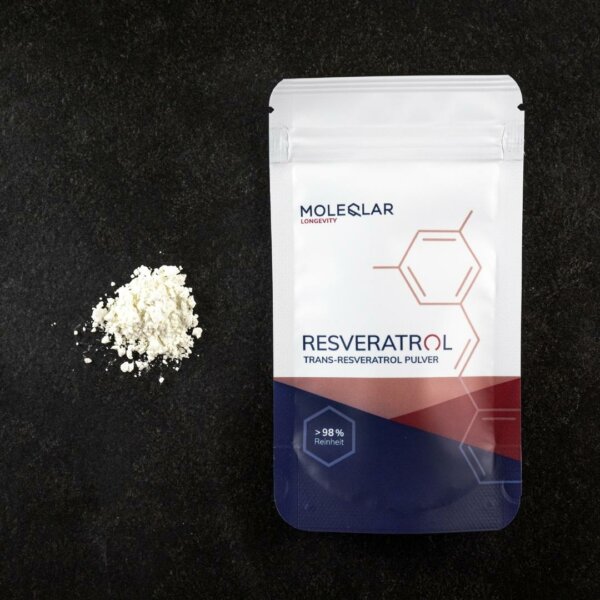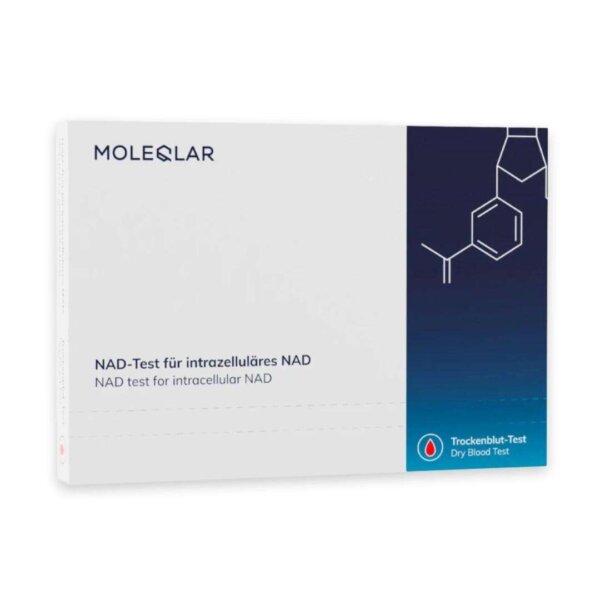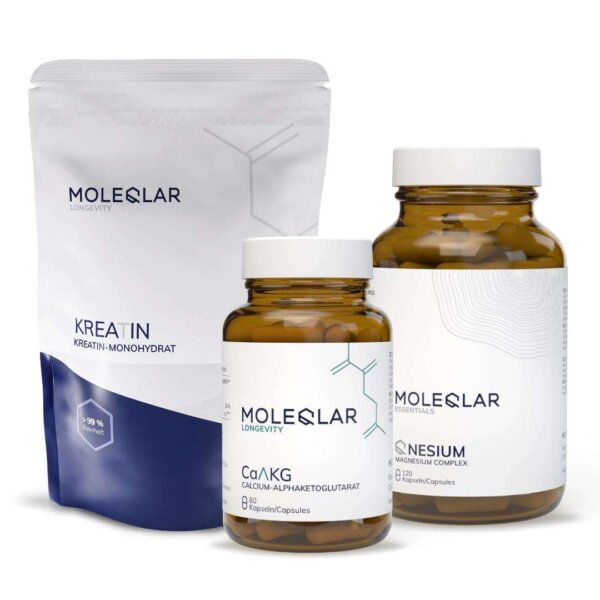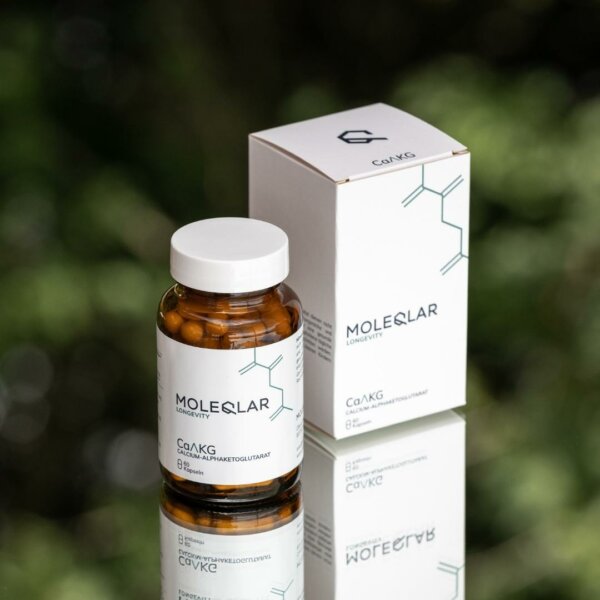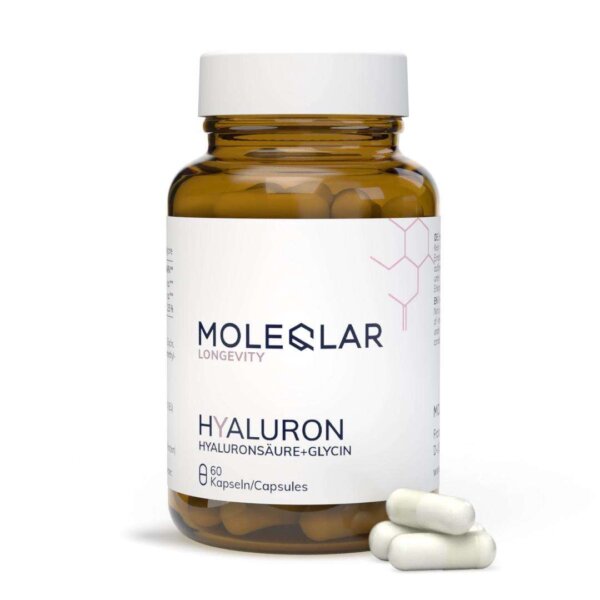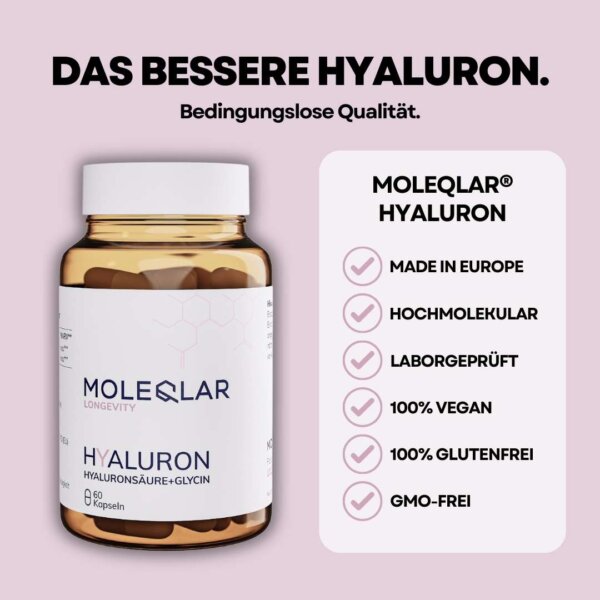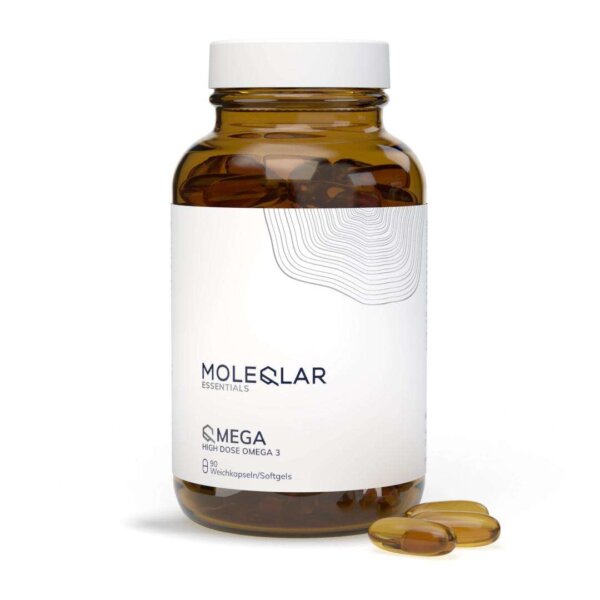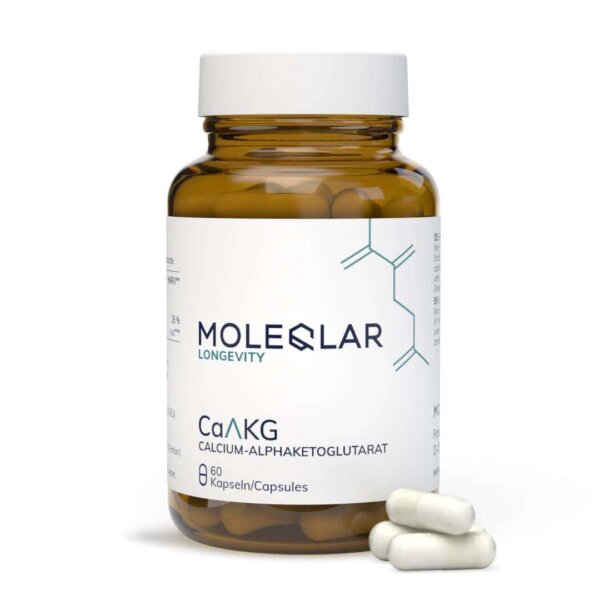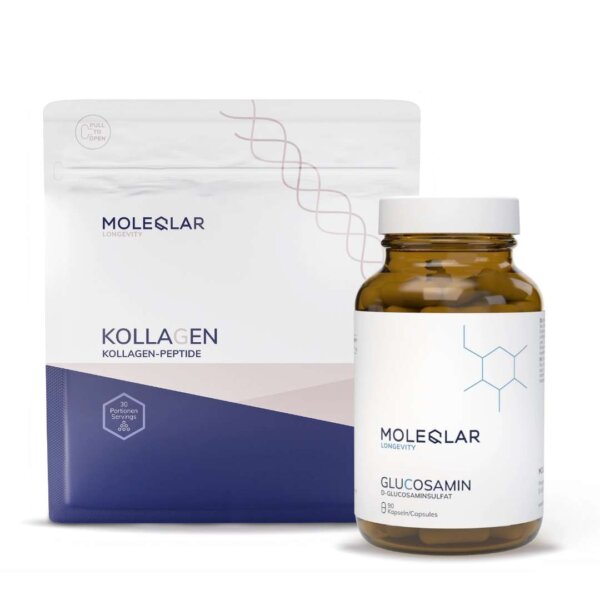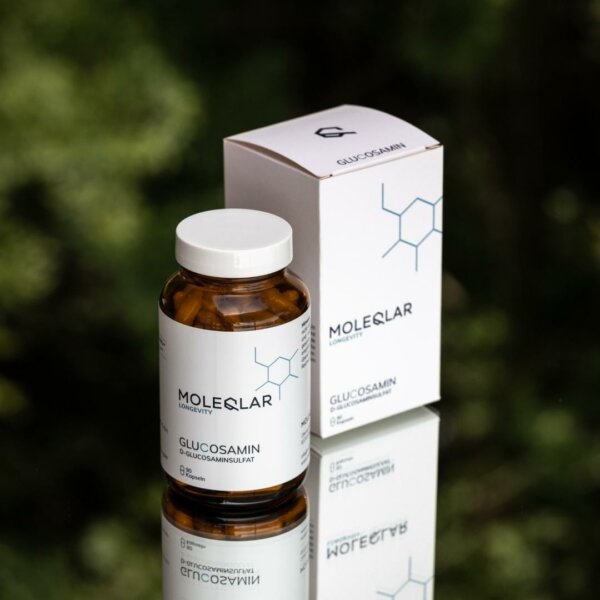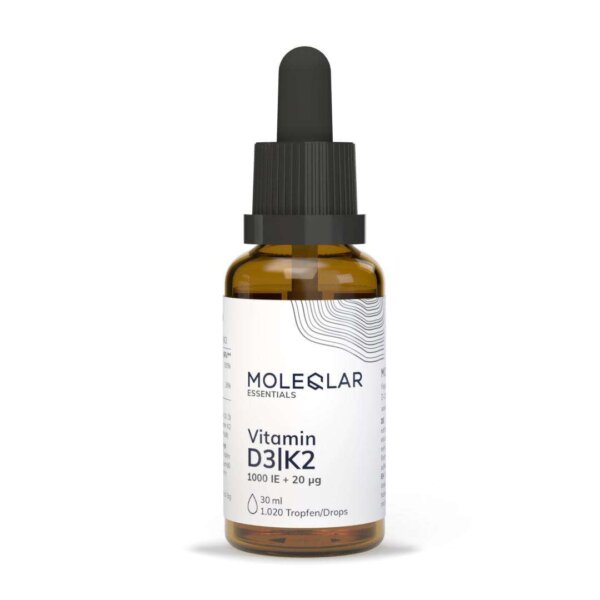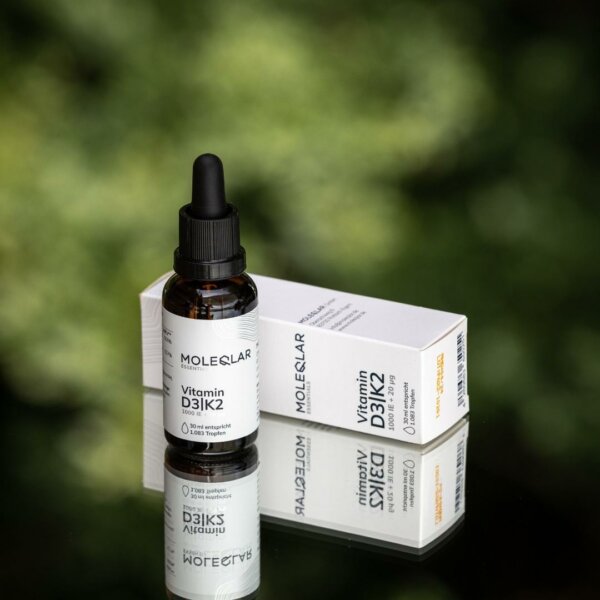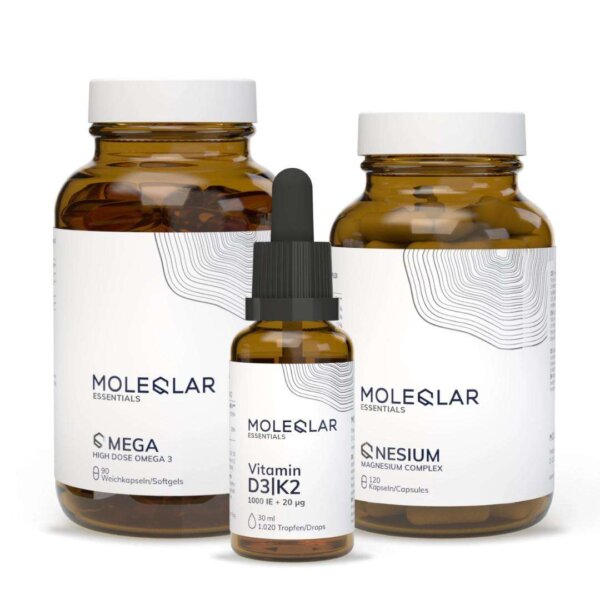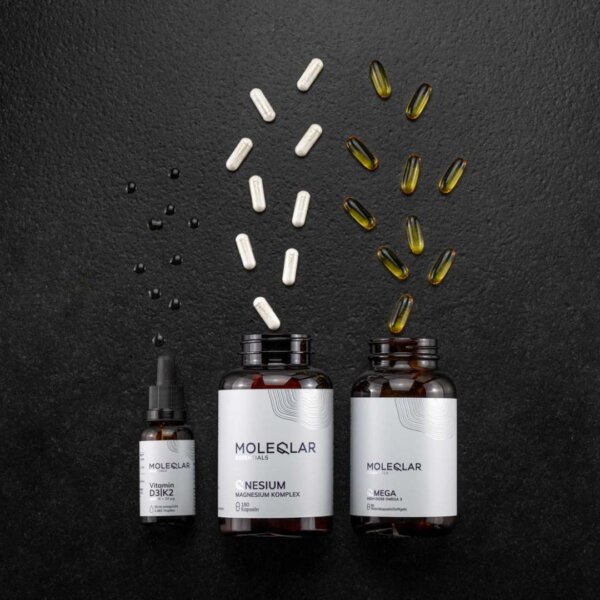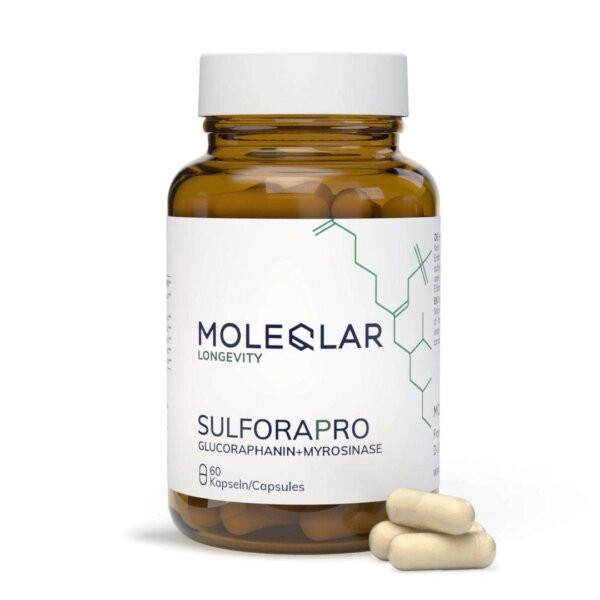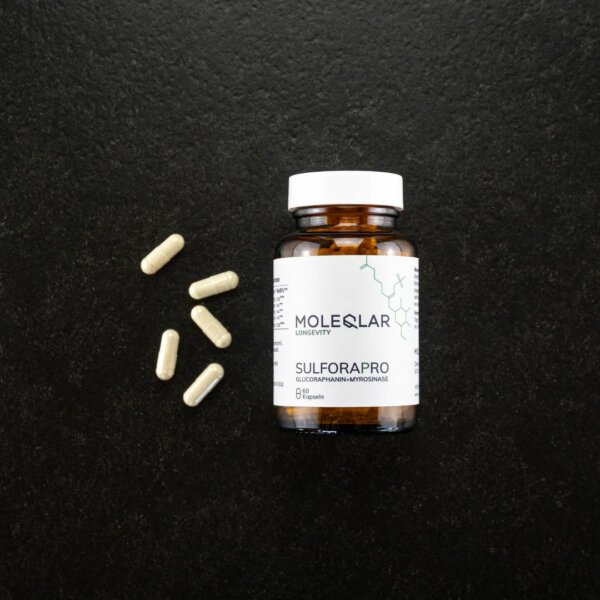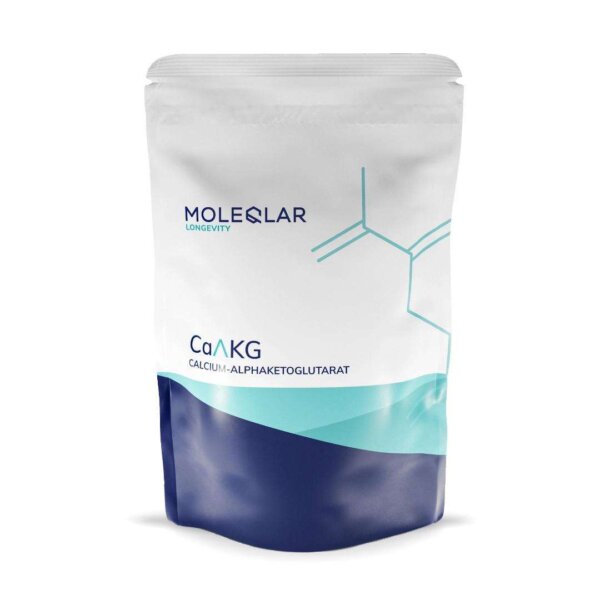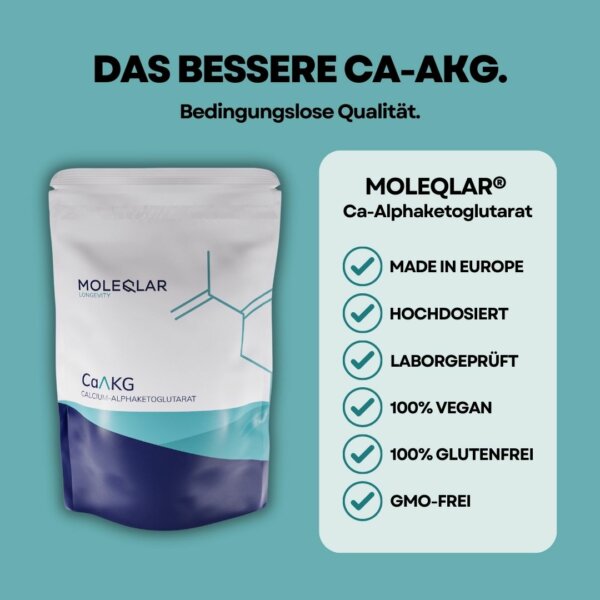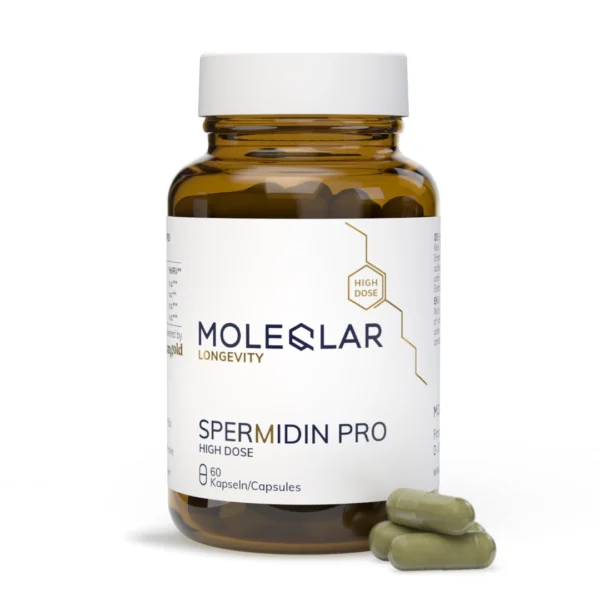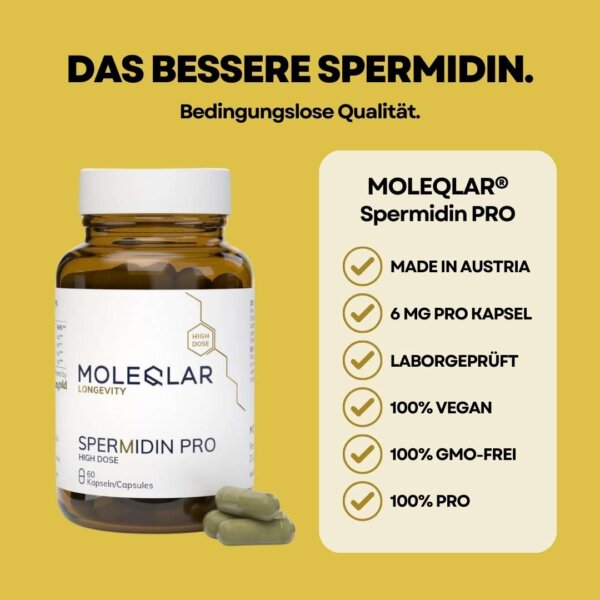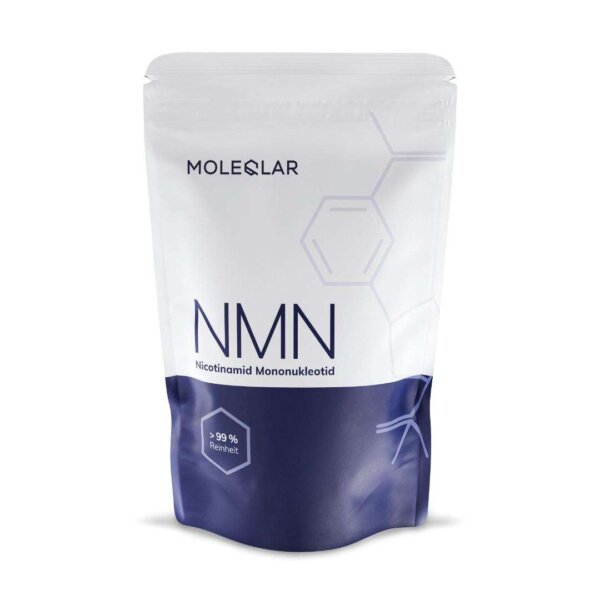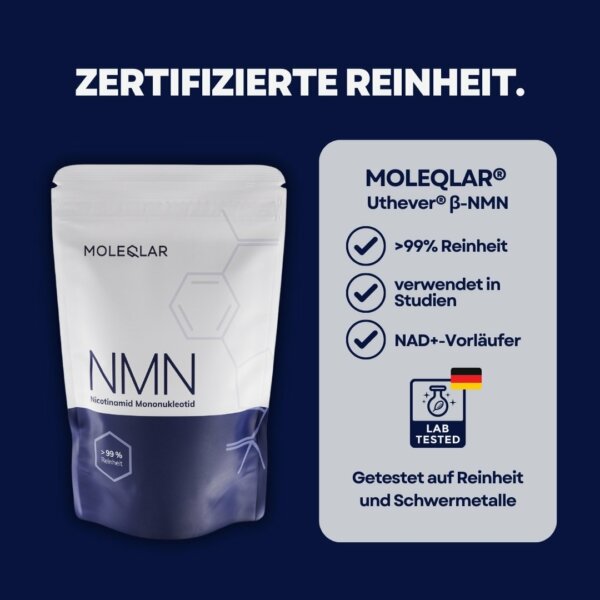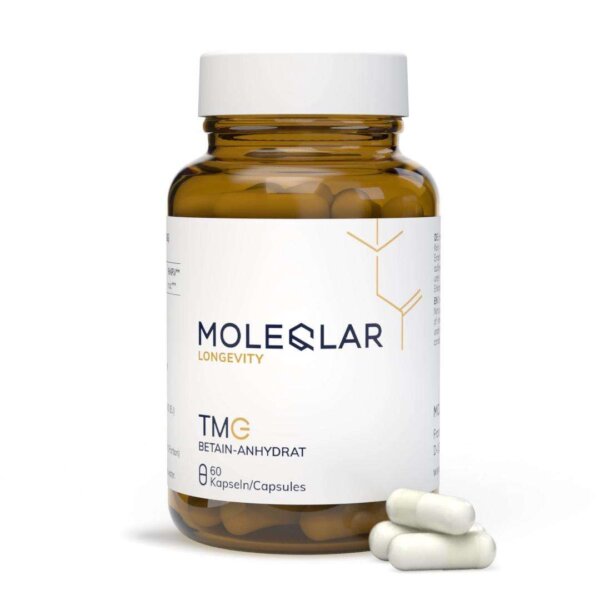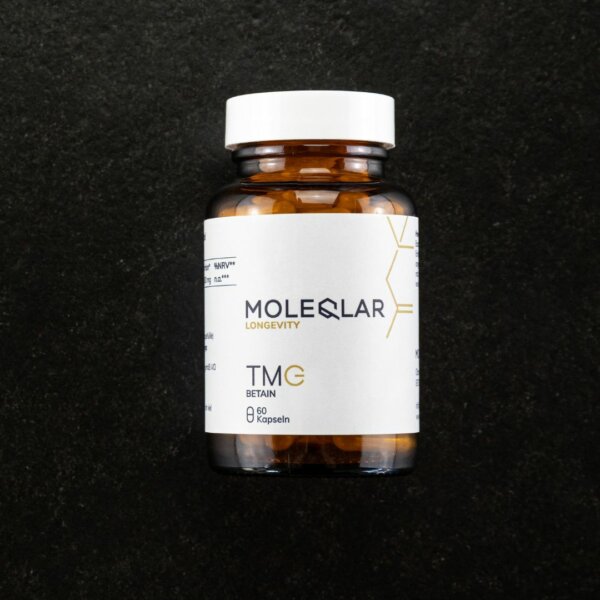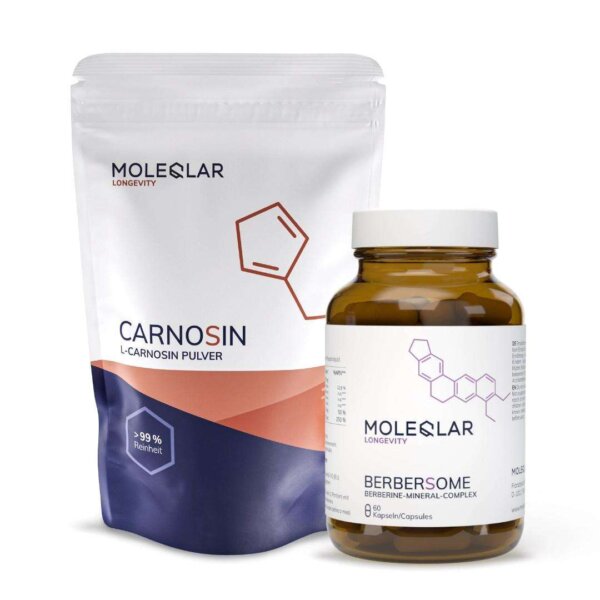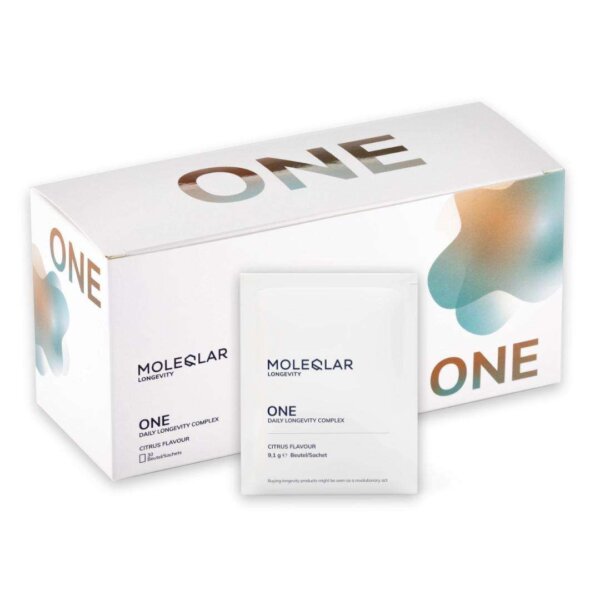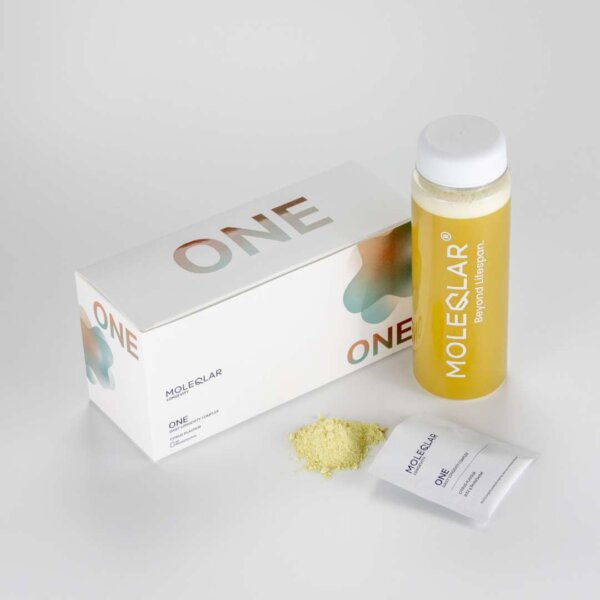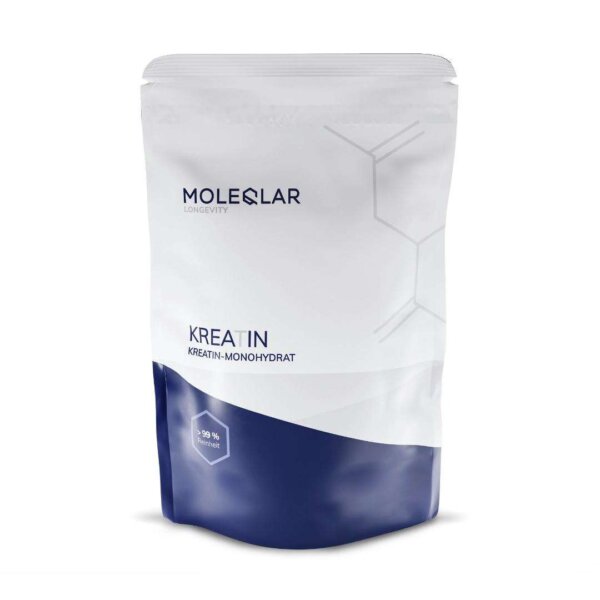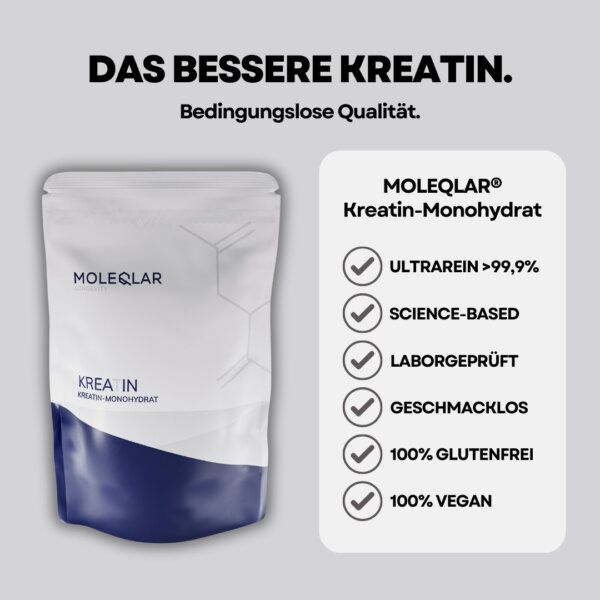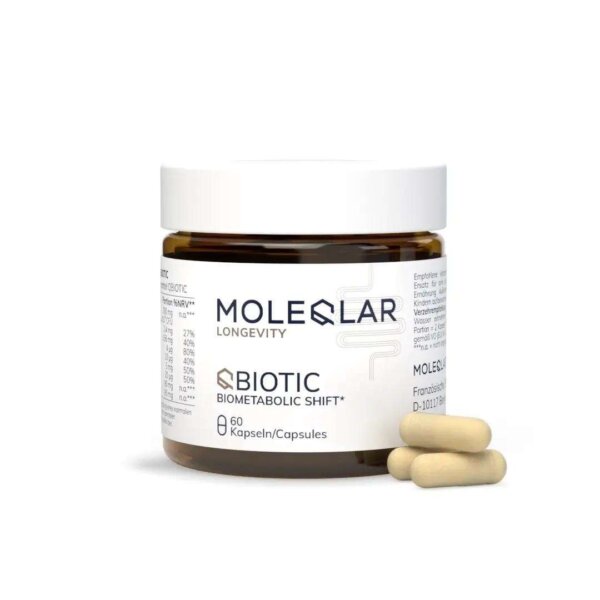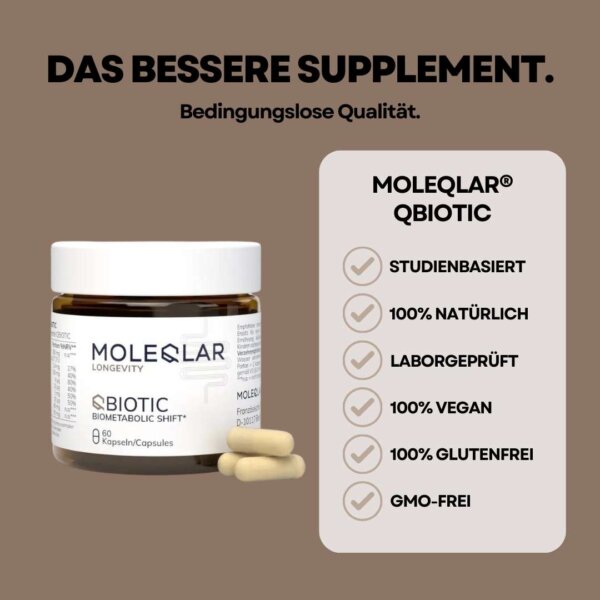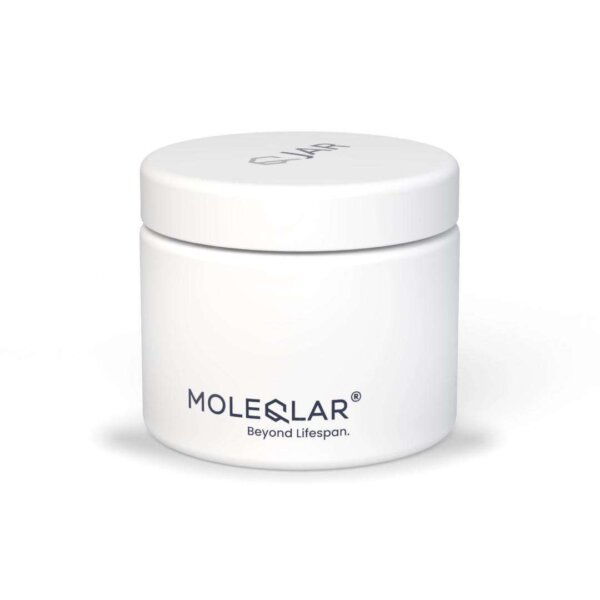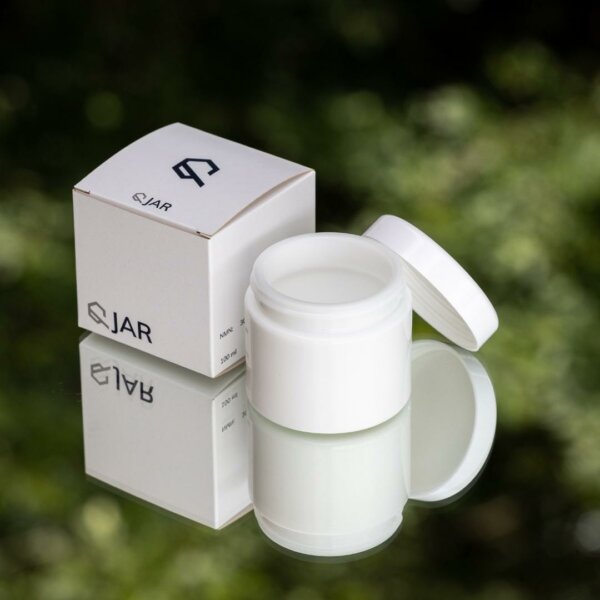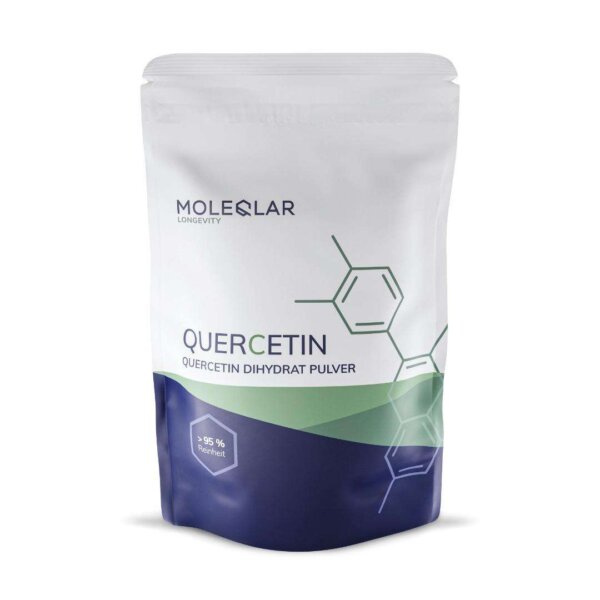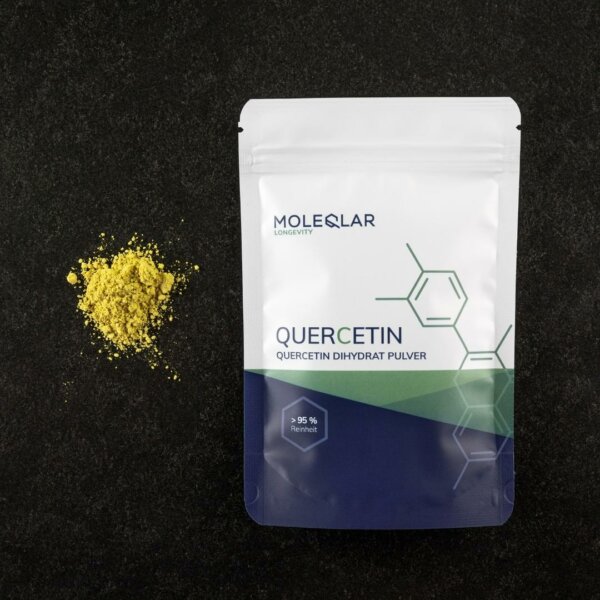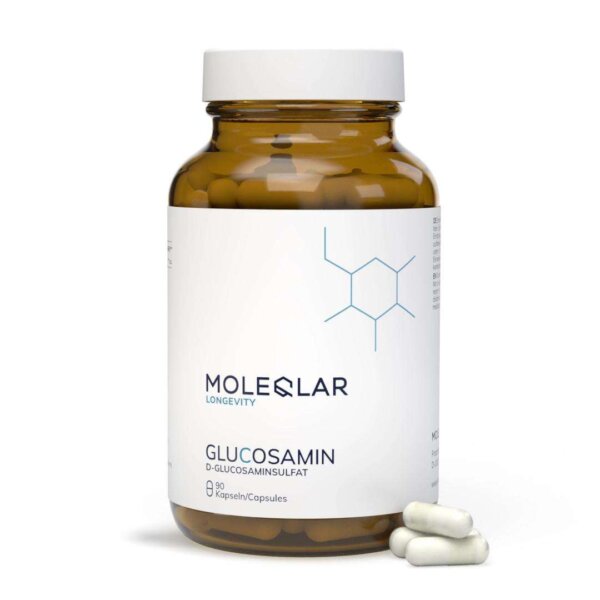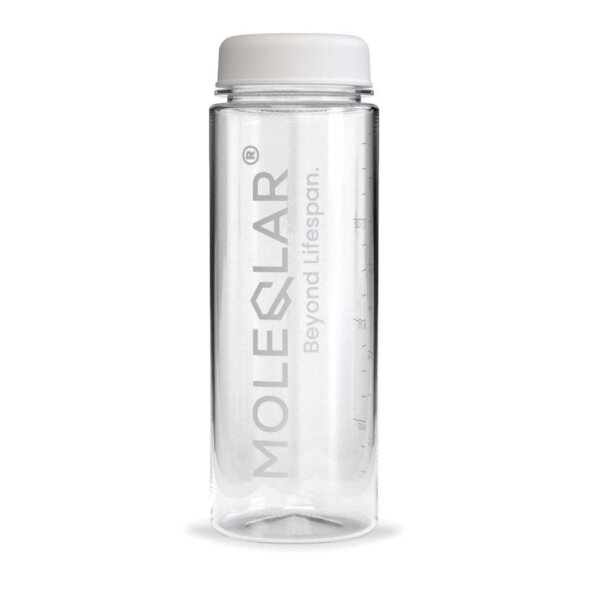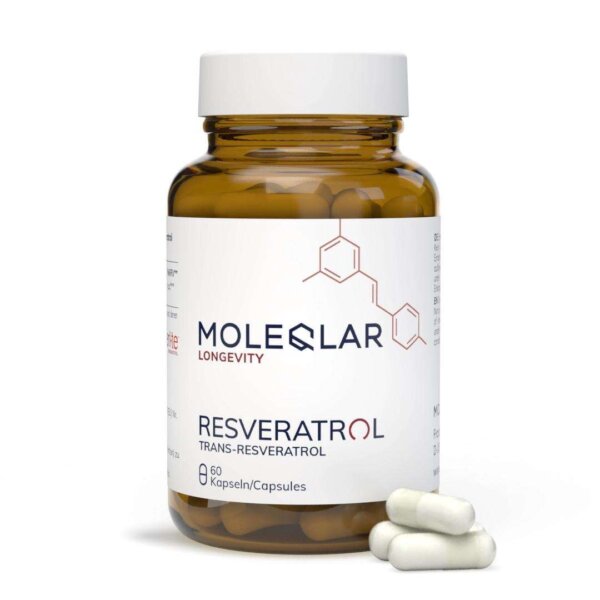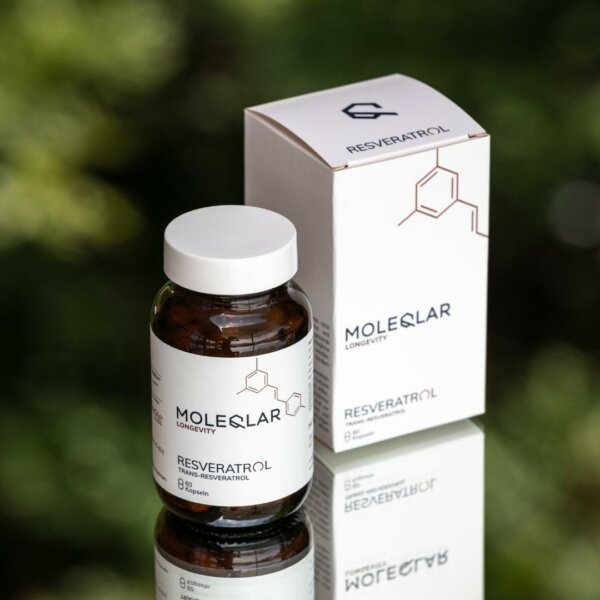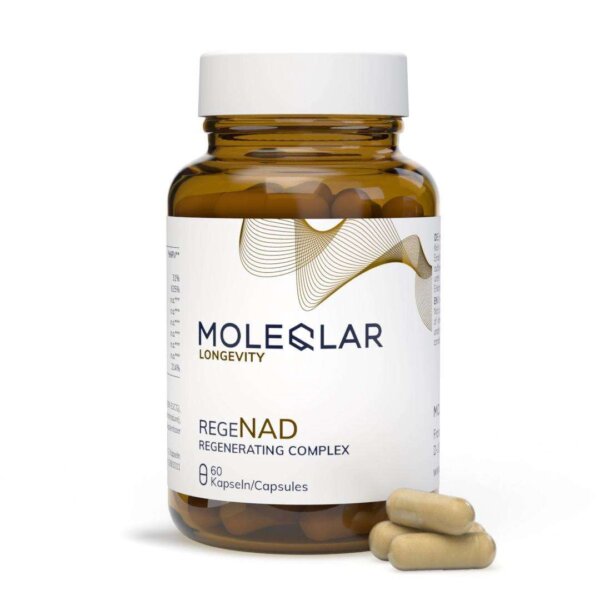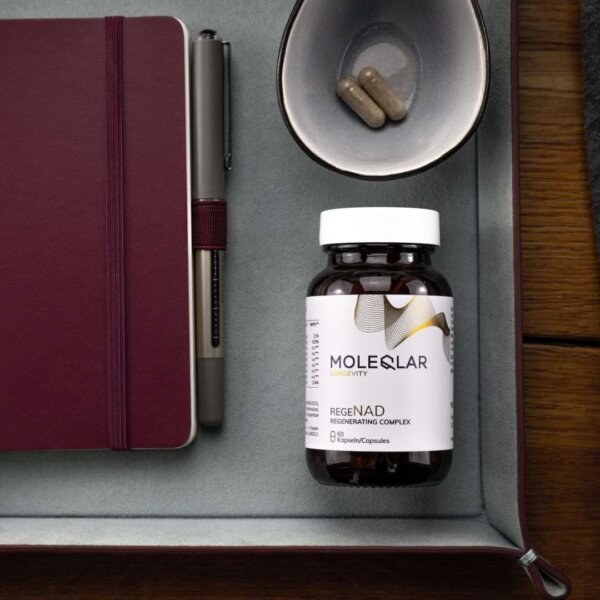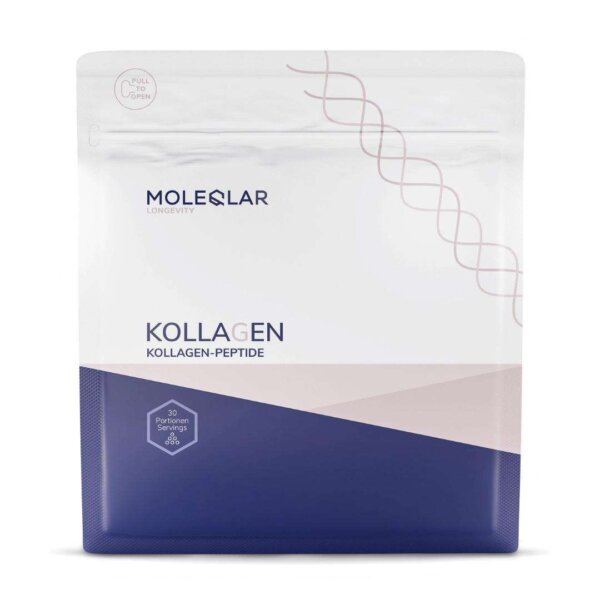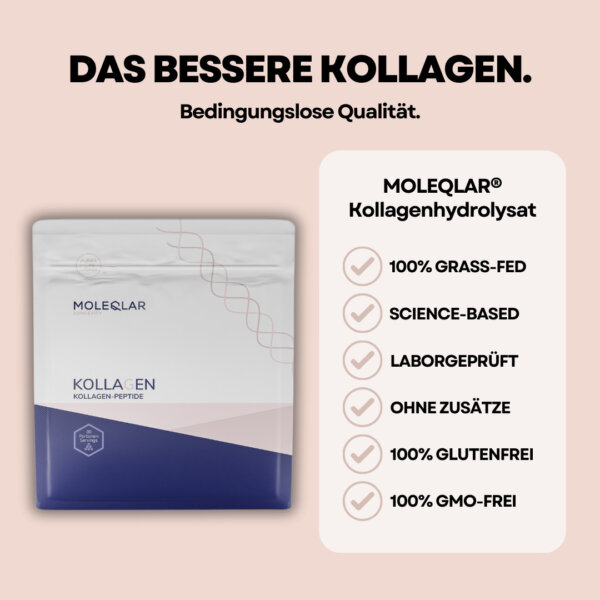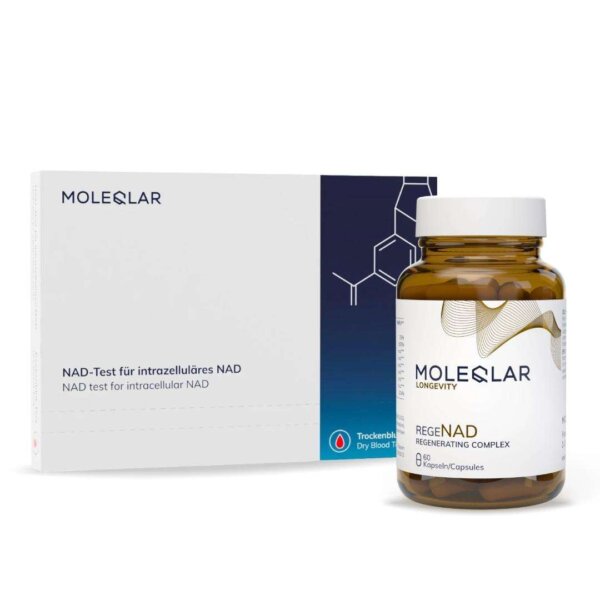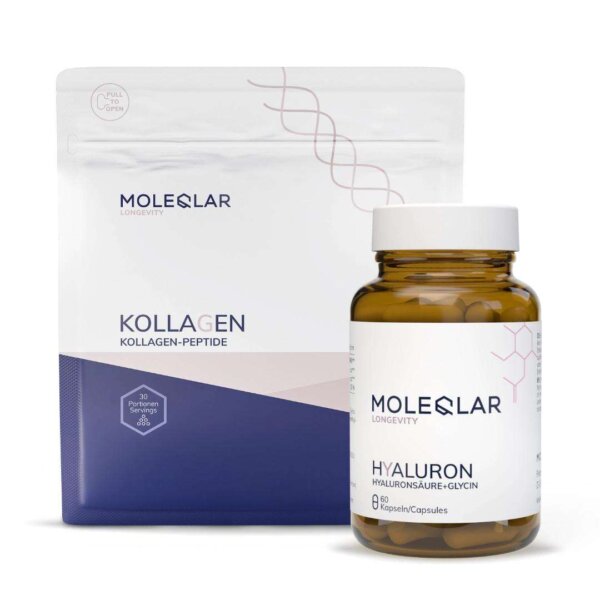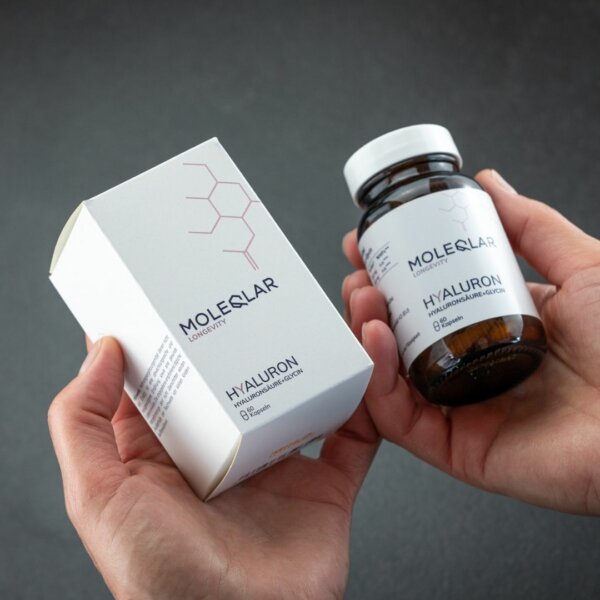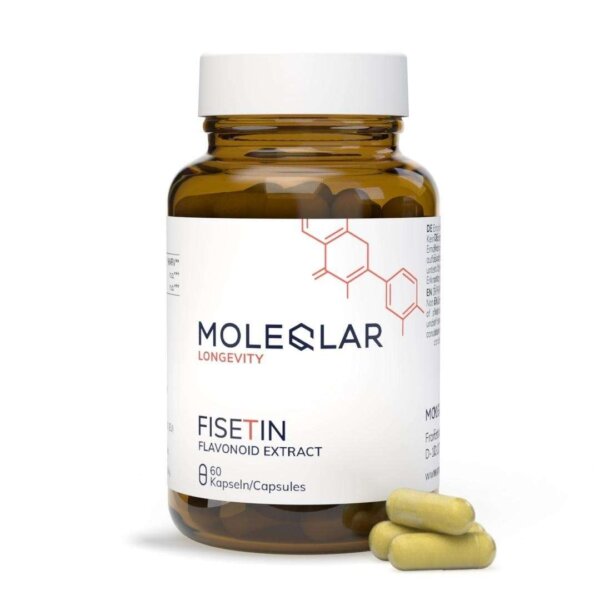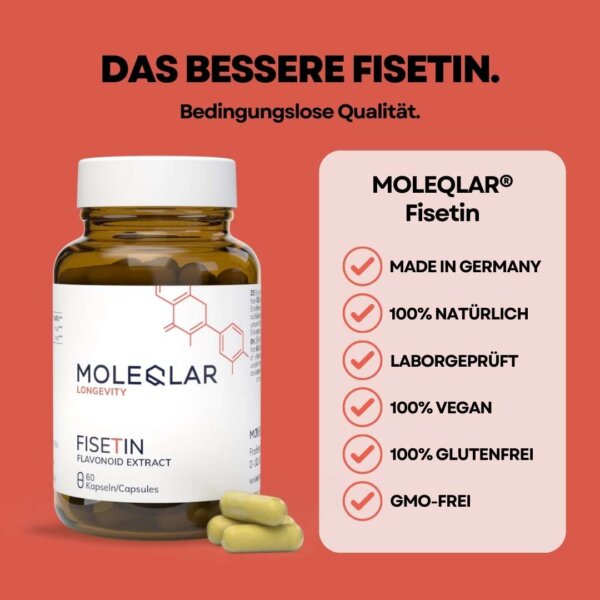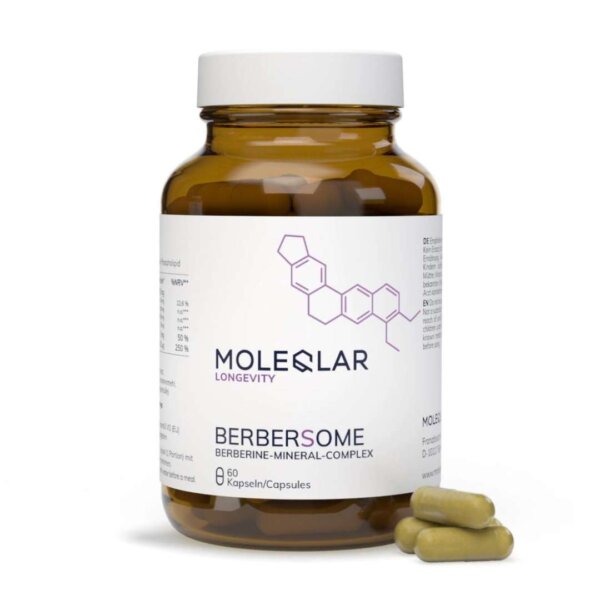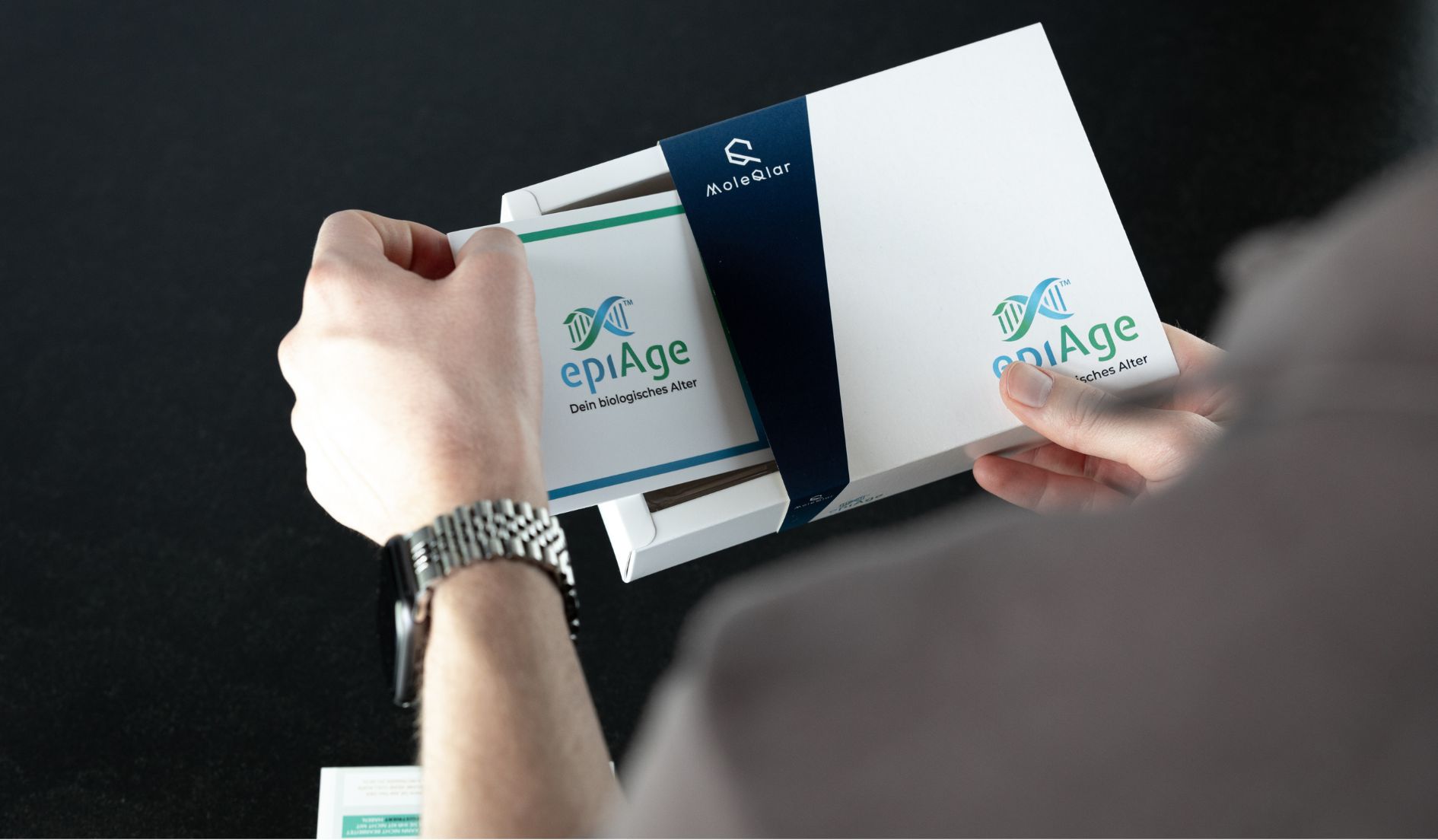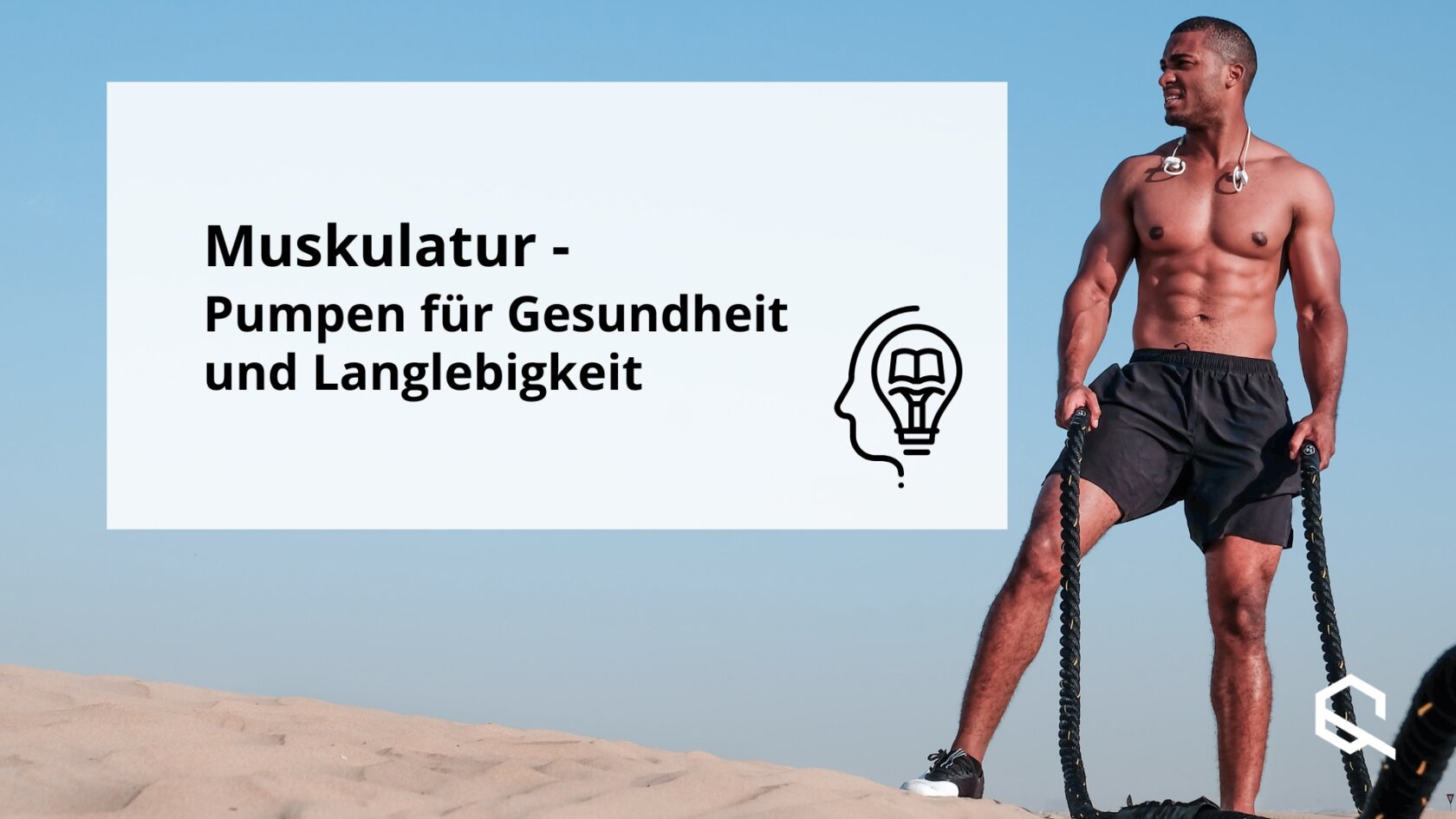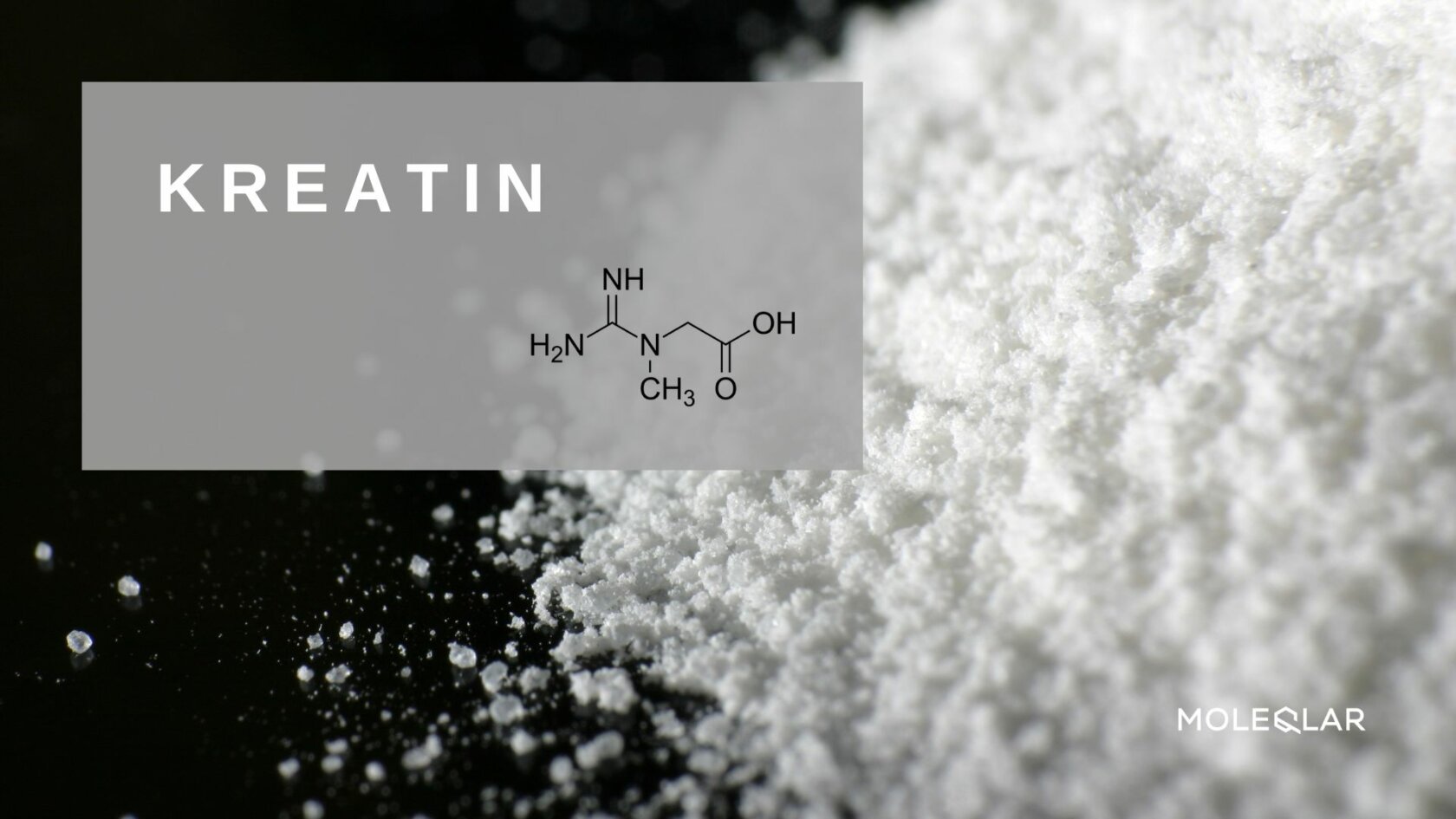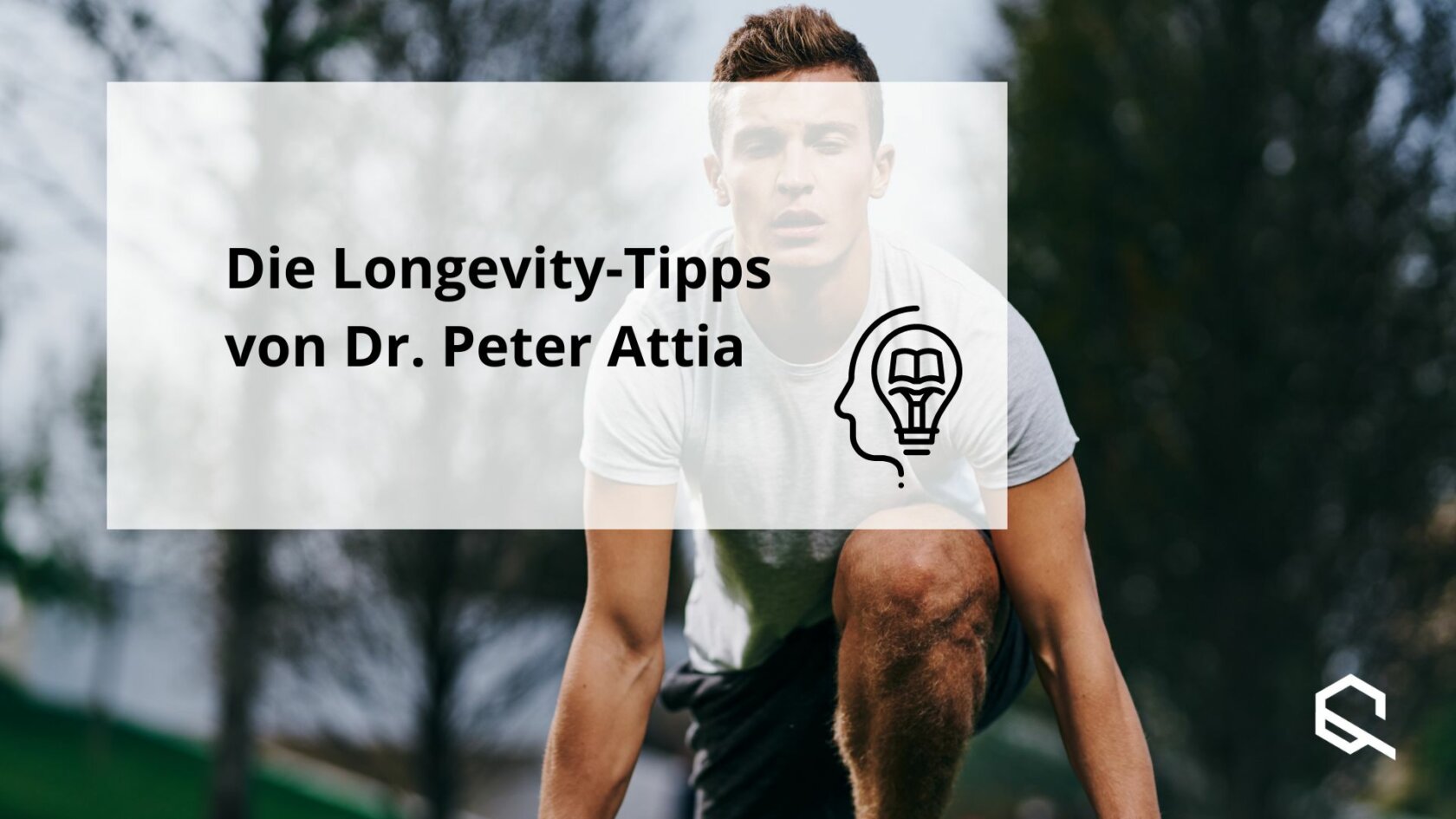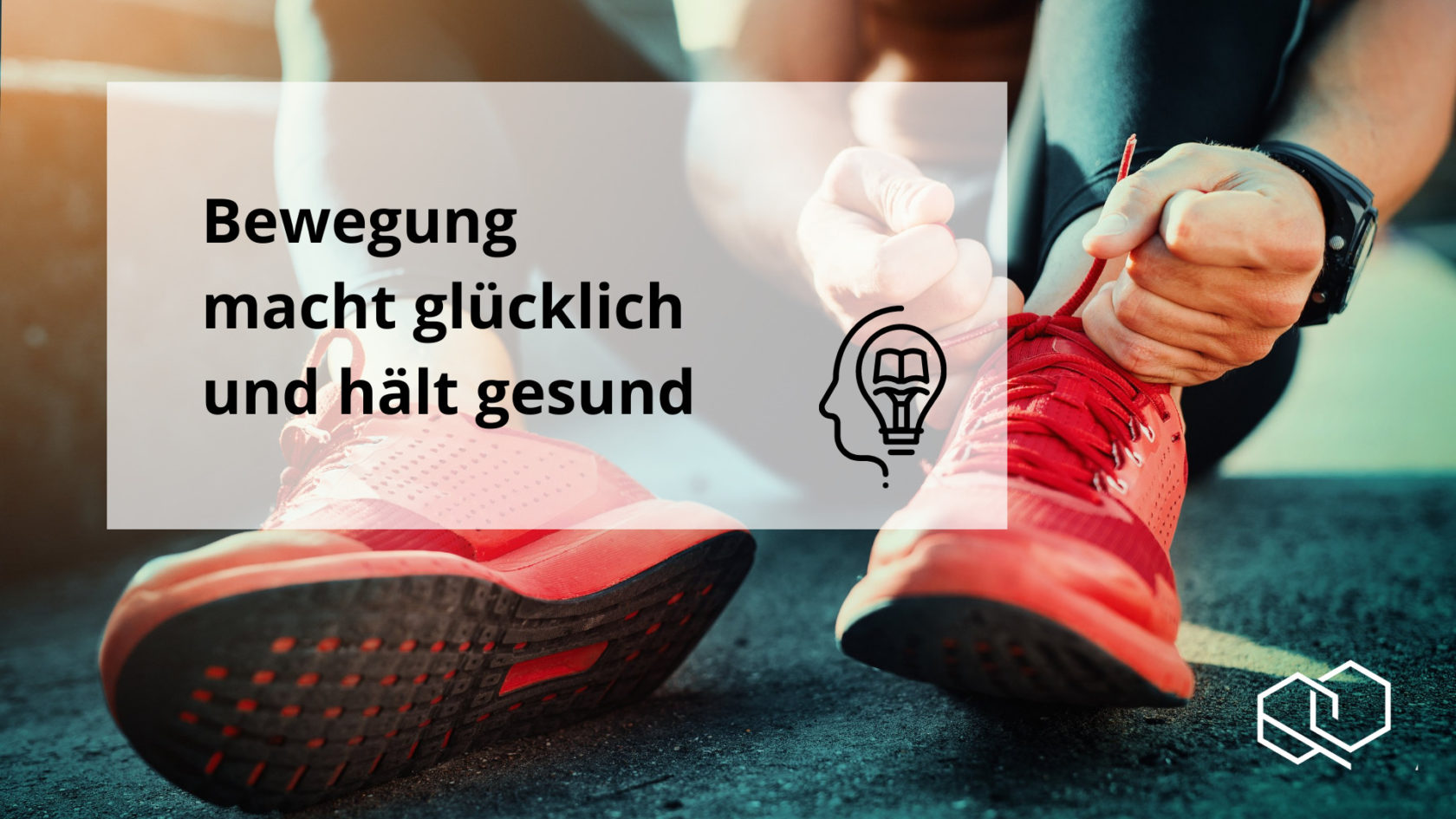Hippocrates once said that "food alone does not keep a man healthy, but exercise is necessary for that." In ancient times, exercise usually meant walking or running. Today, the term "sport" or "physical activity" is used to describe all kinds of activities that have a positive effect on health and longevity. This is exactly what this article is about.
We have already written an article about sport and exercise in our magazine. There we tell you about the benefits at the moment, the positive effects on your immune system and the feelings of happiness that go hand in hand with sport.
How much exercise do I need for a healthy life?
According to the World Health Organization (WHO), there are different recommendations for the optimum level of physical activity - from newborns to seniors. In addition, there are separate guidelines for pregnant women, chronically ill people and people with disabilities. So, based on different physical conditions, there are also different ideal values for the extent of movement. Let's take a look at this using an example.
For the large group of adults aged 18 to 64, the weekly recommendations are as follows:
150 - 300 minutes of moderate aerobic activity:
- Brisk walking
- Strenuous housework or gardening
- Light cycling
OR
75 - 150 minutes of intense aerobic activity:
- Jogging
- Fast cycling
- Hiking
- Team sports: soccer, basketball, volleyball, etc.
- Carrying weights: gym or even at work
General recommendations include two or more workouts that work all major muscle groups, in addition to reduced time spent sitting.
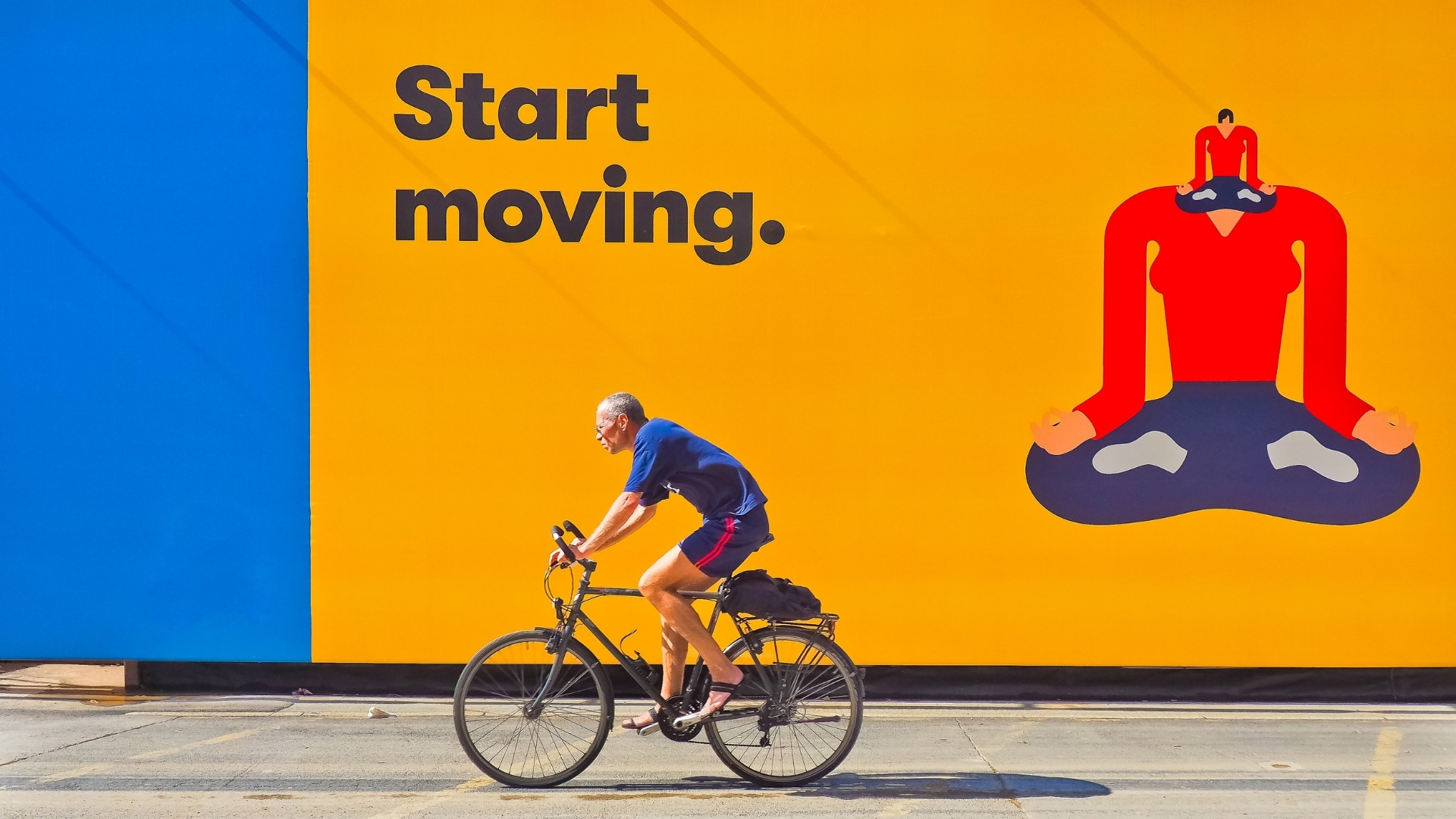
300 minutes a week sounds like a lot at first - especially when you consider that's about 45 minutes a day. But this refers to moderate activities that most people don't think of as exercise. For example, if you ride your bike to work or to the supermarket, you've quickly reached 30 minutes a day. If you take care of the dust in your apartment yourself and don't send the vacuum robot ahead, you'll have a few more minutes on your daily exercise account. So you don't have to become a marathon runner or a swimming pro to achieve the recommendations.
A moving look into the statistics books
Around a quarter of all people around the globe do not get enough exercise. What's more, one in three women and one in four men worldwide is so inactive that it has a negative impact on their health. Naturally, the figures vary greatly from region to region.
Surprisingly, there has been no increase in global activity since 2001, although awareness of the value of physical activity has increased. Changes in the world of work are probably partly responsible for this, with the trend toward sedentary activities in front of the computer.
Germany does not seem to be a sporty country in general, according to Statista. 40% of Germans do not engage in sports. Only just under one-fifth are actively involved in sports, with more men active than women. The most popular sports are fitness training, jogging, cycling, walking and swimming. The most popular hobby among Germans, at over 25%, is gardening - good for all those who now know that this is a thoroughly healthy leisure activity.
How does sports and exercise affect your biological age?
It is well known that biological age can differ from calendar age. Epigenetic age tests such as the test from epiAge measure biological age using methylation markers on the DNA. The simple saliva test provides information on how quickly you have aged in the past and shows you where you stand.
If you want to find out even more about the connections between sport and your body, then MoleQlar's molecular profile is the right choice. This proteomics test analyzes the proteins in your cells and gives you a detailed report on your current condition.
In the context of exercise, there are several indications of biological rejuvenation. One study followed study participants who completed a 30-minute daily exercise program and determined biological age before and after the study began. After a longer observation period, the biological age in the study decreased by about 15 years. Most likely, this can be explained by the positive effects of activity on the organism. Thus, fat balance improved, muscles learn to work more efficiently, blood pressure and heart rate decrease, and vascular health is also improved.
Do I have to exercise every day or is the weekend enough?
Now we have a little insight into what activities are popular, how often people exercise, and how much we should exercise. Now comes the question of all questions: Does healthy longevity need daily exercise?
A large study conducted in July 2022 with over 350,000 participants addressed this question. A surprising result emerged. There was no difference in mortality between active people who exercise throughout the week and those who limit their exercise to two days. The so-called "weekendwarriors", who use their days off for sports, were just as active on these few days as other active people. The longer units have the same positive influence as many shorter units. Incidentally, people who were active for more than 150 minutes, according to the WHO recommendation, are considered active here.
The basis for the "Weekend Warriors" study was the mortality rates due to non-communicable diseases in different groups. On the one hand, there were people who were generally too inactive, those who were sufficiently active throughout the week, and the "weekend warriors" who were sufficiently active, but on only a few days.
There were significant differences between the active and non-active people, but not between the daily active and the weekend athletes. The study was based on a questionnaire survey in which participants had to indicate how often and how intensively they did sports each week. The data were collected in the period from 1997 to 2013.

Is there too much exercise or sport?
As you increase your training and consistently pursue athletic goals, you'll quickly find that training pays off. Short distances will feel easier after repeated running, and dumbbells you initially use to work out will only be good for warming up after months.
These effects come from a stimulus that acts on your body. When you reach your load limit, the body gets signals that it needs to improve. The body achieves this improvement in regeneration phases - it adapts to the required training workload during breaks.
It becomes problematic when you regularly exceed your limits and/or don't allow yourself enough time to recover. The result is pronounced overtraining. This condition will eventually cause your performance to deteriorate again and you will not see any improvement. It also increases the risk of muscular injuries or stress fractures.
Too much exercise can actually have a negative effect. If you plan to intensify your training, it is advisable to work with trained professionals and sports physicians. They will help you not to overdo it in the beginning and later to consistently increase your performance without slipping into a state of excessive exhaustion.
Literature:
- Dos Santos M, Ferrari G, Lee DH, Rey-López JP, Aune D, Liao B, Huang W, Nie J, Wang Y, Giovannucci E, Rezende LFM. Association of the "Weekend Warrior" and Other Leisure-time Physical Activity Patterns With All-Cause and Cause-Specific Mortality: A Nationwide Cohort Study. JAMA Intern Med. 2022 Jul 5:e222488. doi: 10.1001/jamainternmed.2022.2488. Epub ahead of print. PMID: 35788615; PMCID: PMC9257680.
- https://www.who.int/news-room/fact-sheets/detail/physical-activity
- https://de.statista.com/themen/64/freizeit/#topicHeader__wrapper
- Jakovljevic DG. Physical activity and cardiovascular aging: physiological and molecular insights. Exp Gerontol. 2018 Aug;109:67-74. doi: 10.1016/j.exger.2017.05.016. Epub 2017 May 22. PMID: 28546086.
- Eckstrom E, Neukam S, Kalin L, Wright J. Physical Activity and Healthy Aging. Clin Geriatr Med. 2020 Nov;36(4):671-683. doi: 10.1016/j.cger.2020.06.009. epub 2020 Aug 19. PMID: 33010902.
- Cardoos N. Overtraining syndrome. Curr Sports Med 2015 May-Jun;14(3):157-8. doi: 10.1249/JSR.000000000145. PMID: 25968844.
Graphics:
The graphics were purchased under license from Canva.
